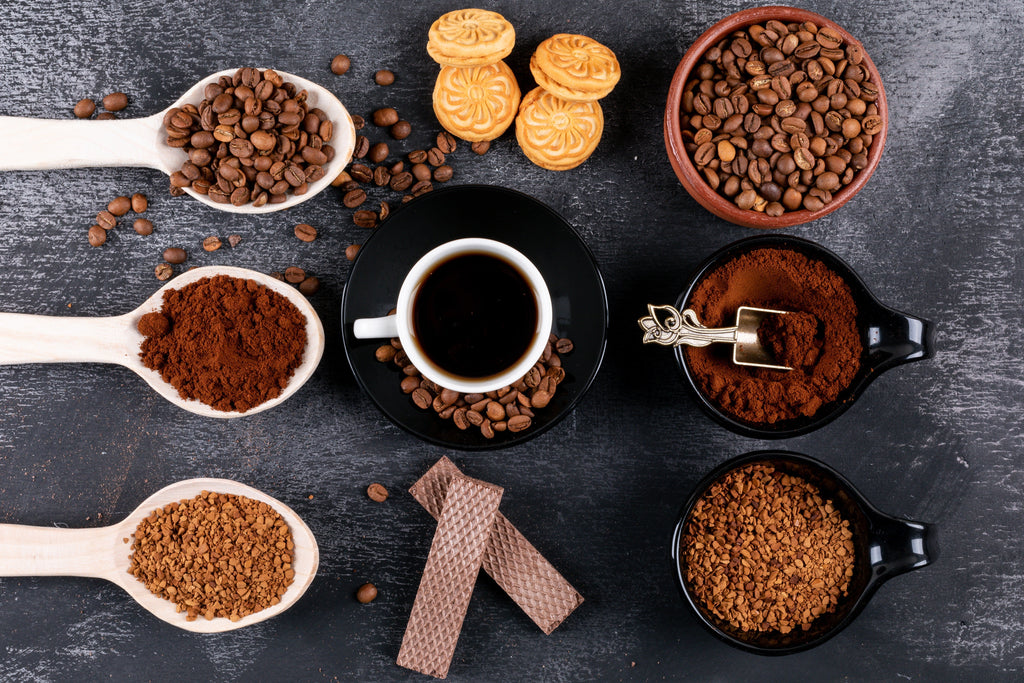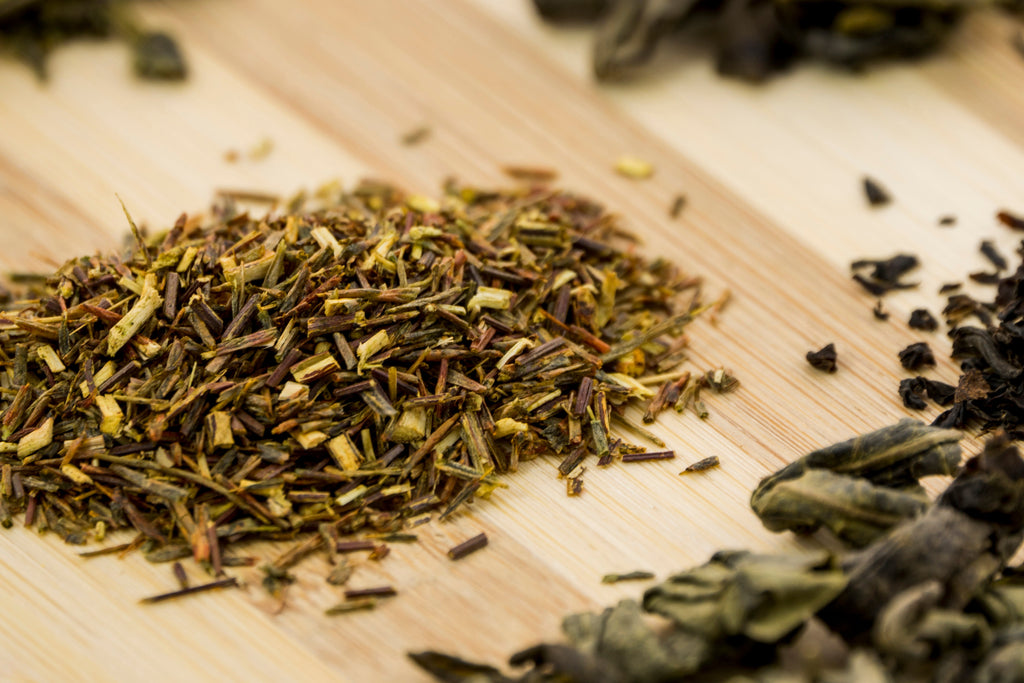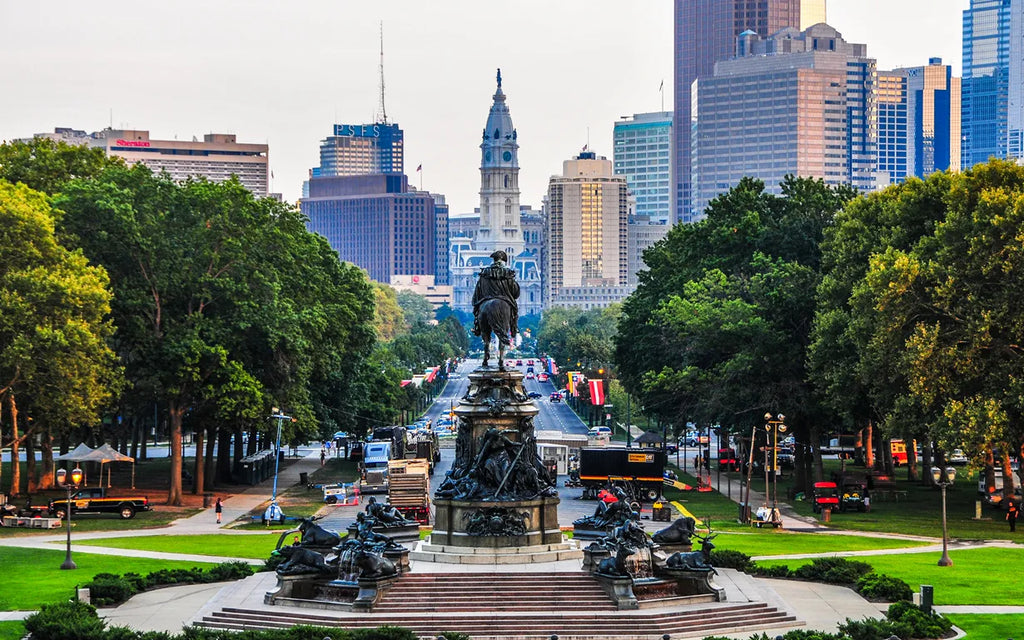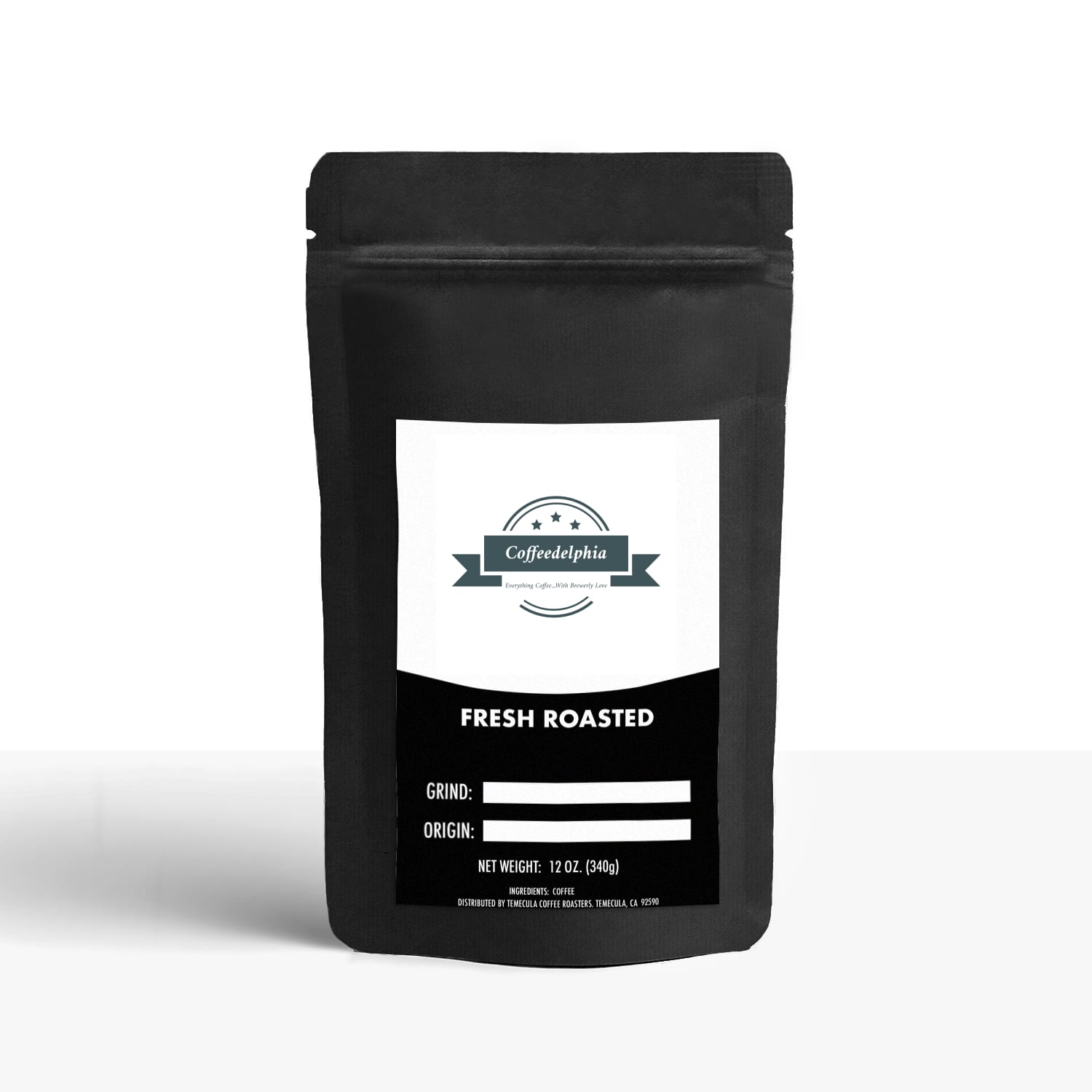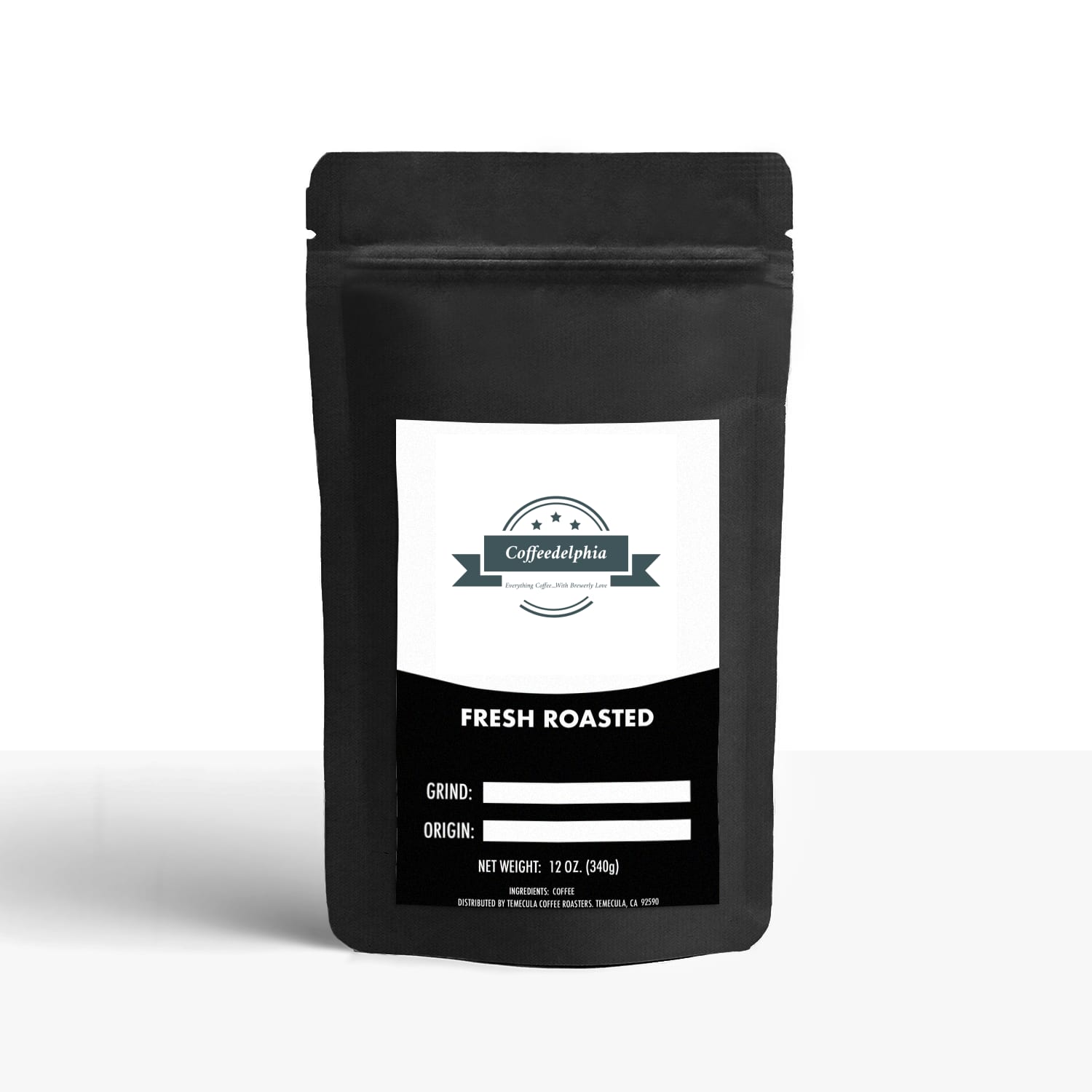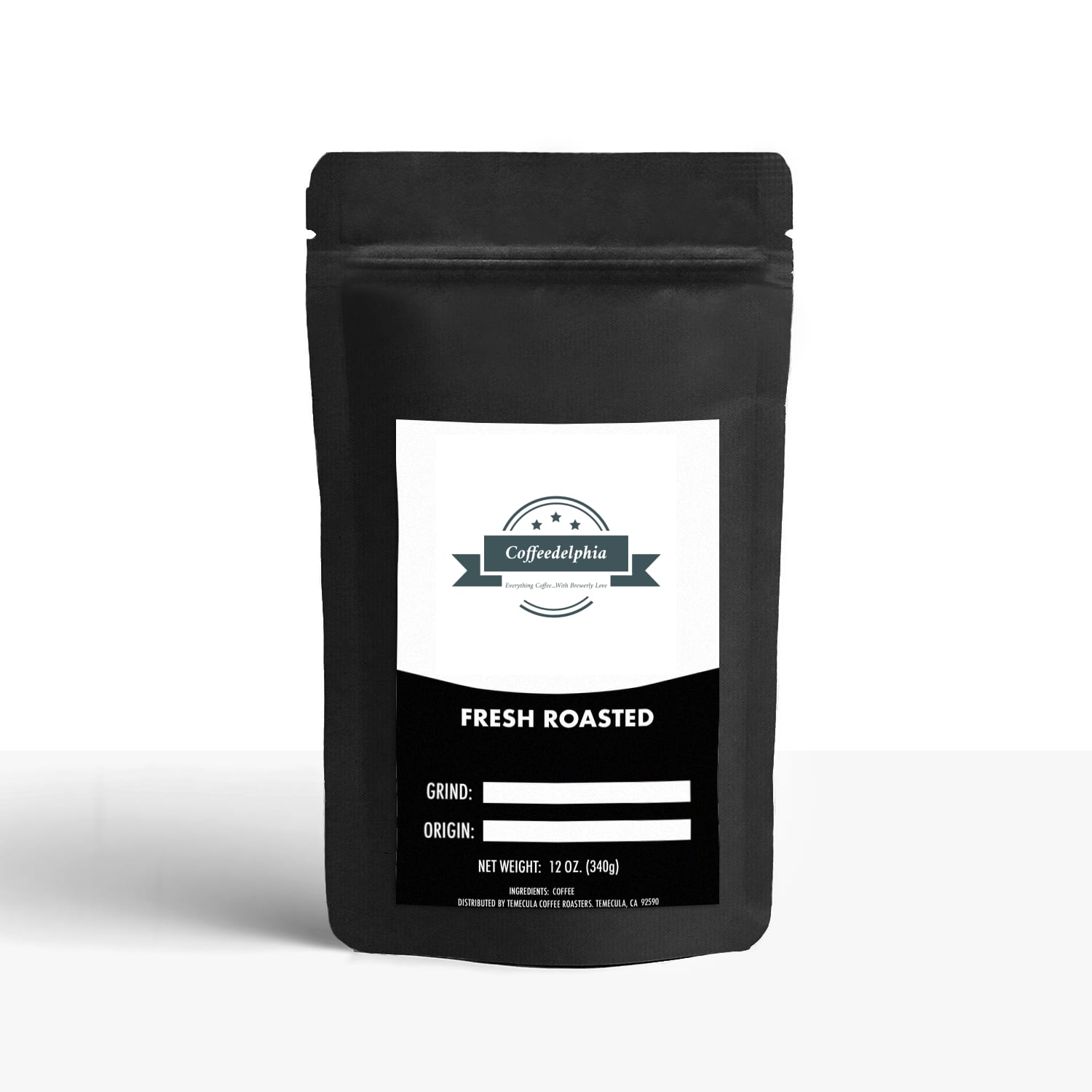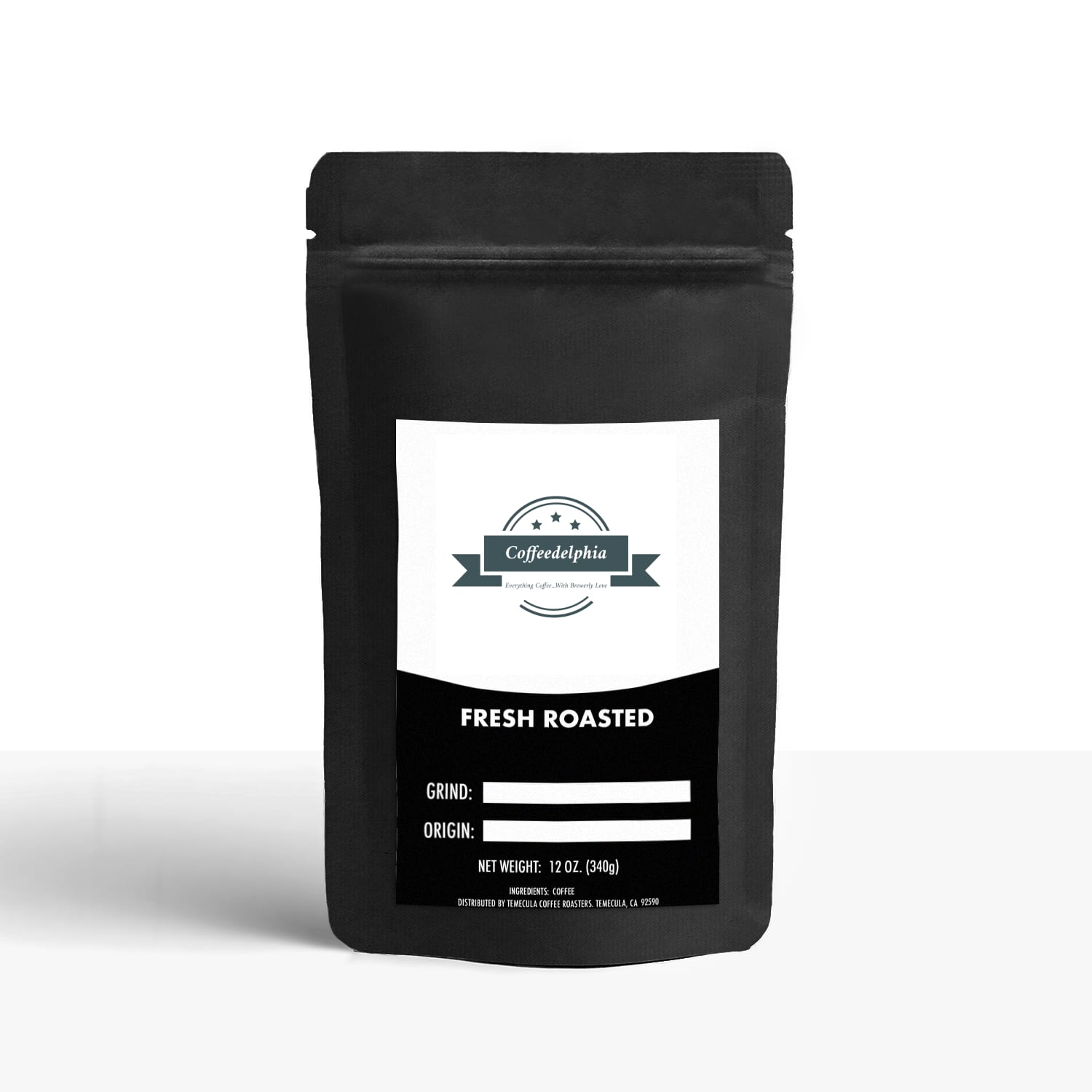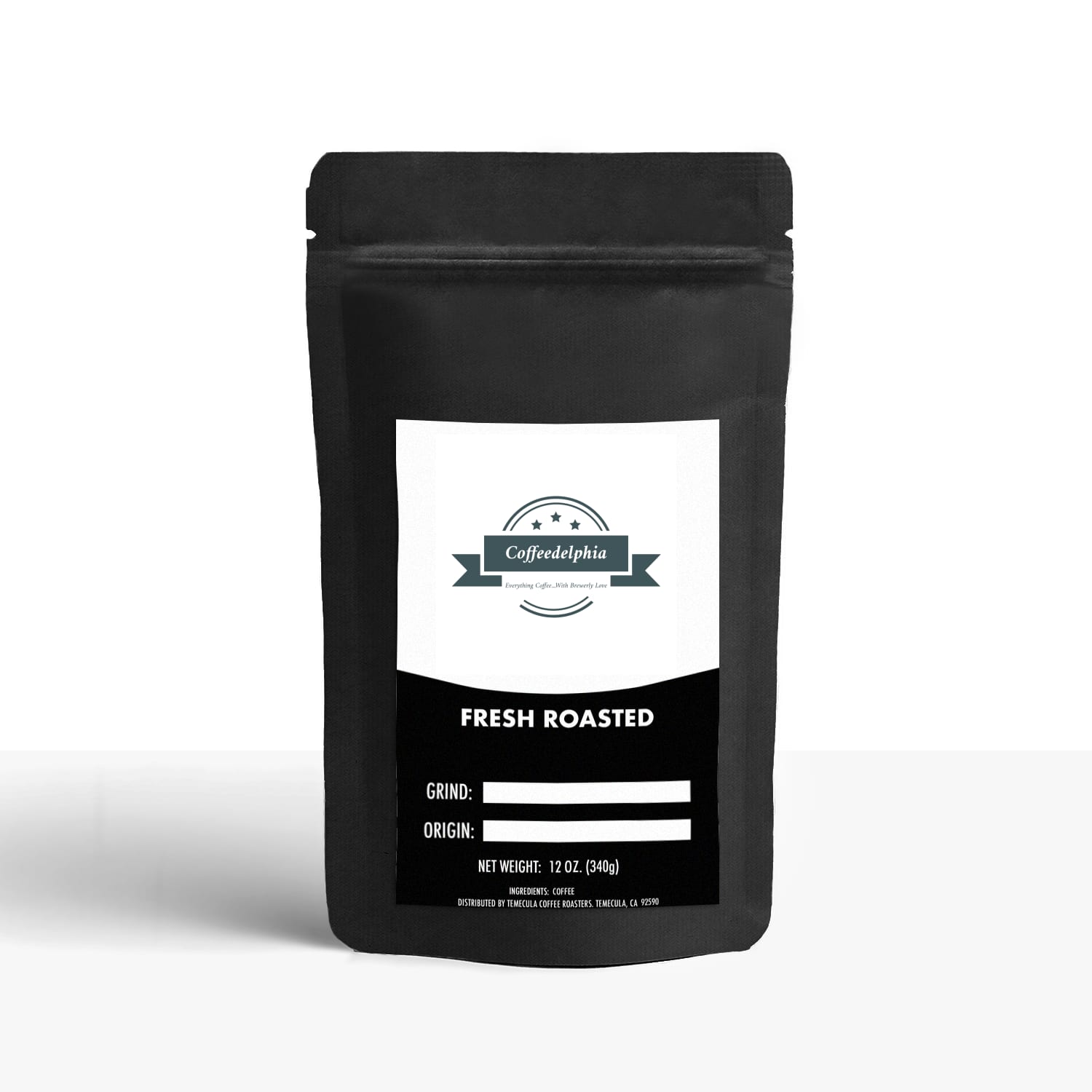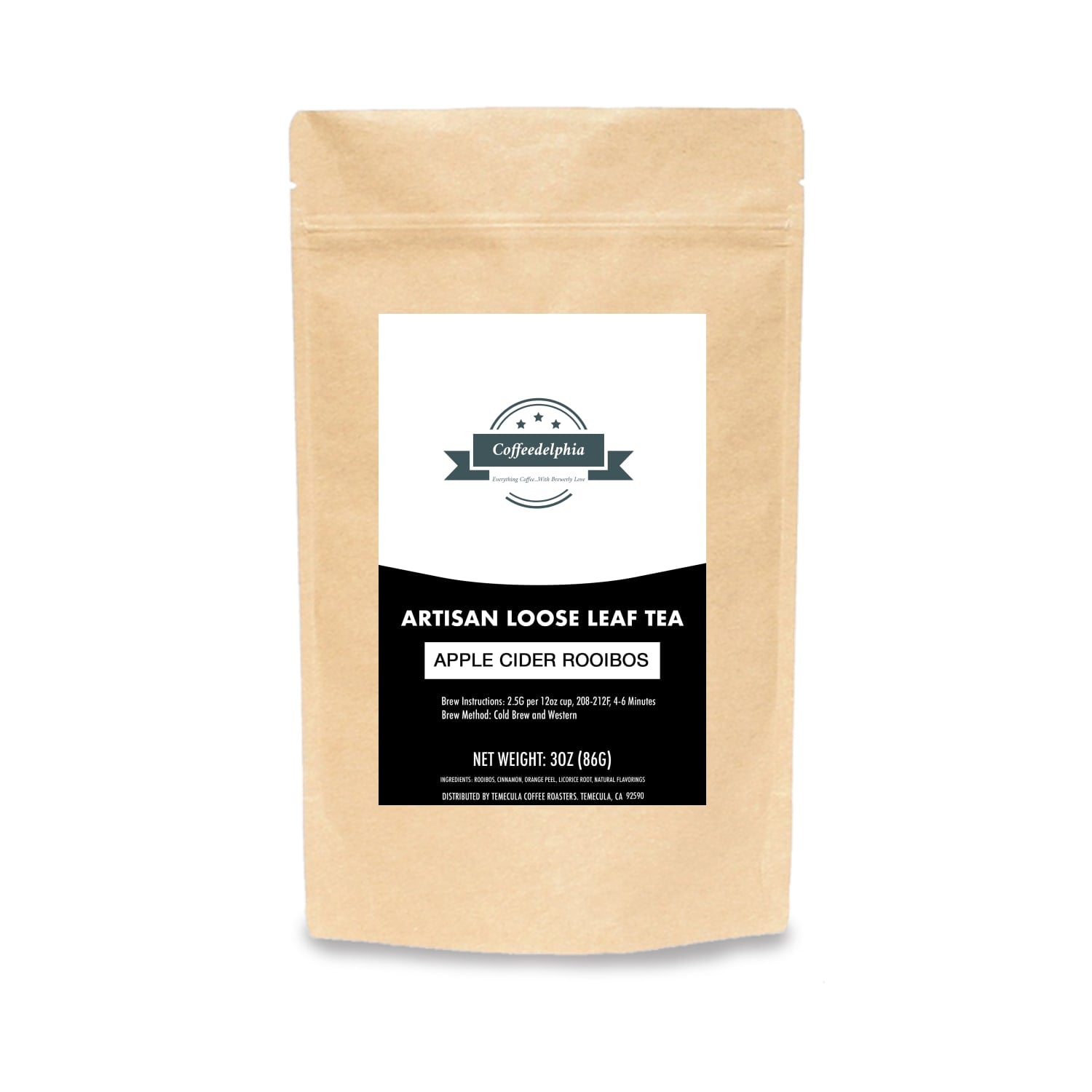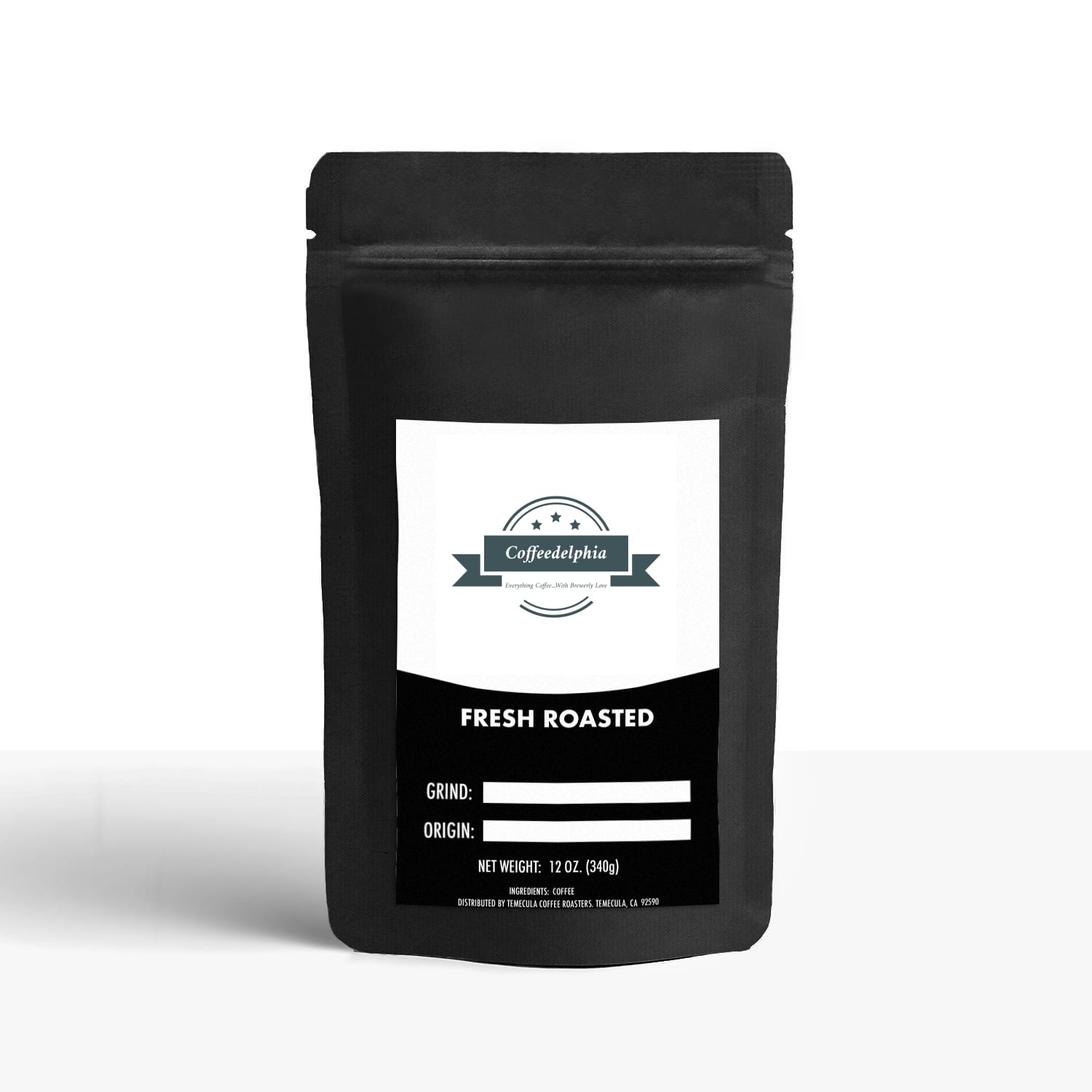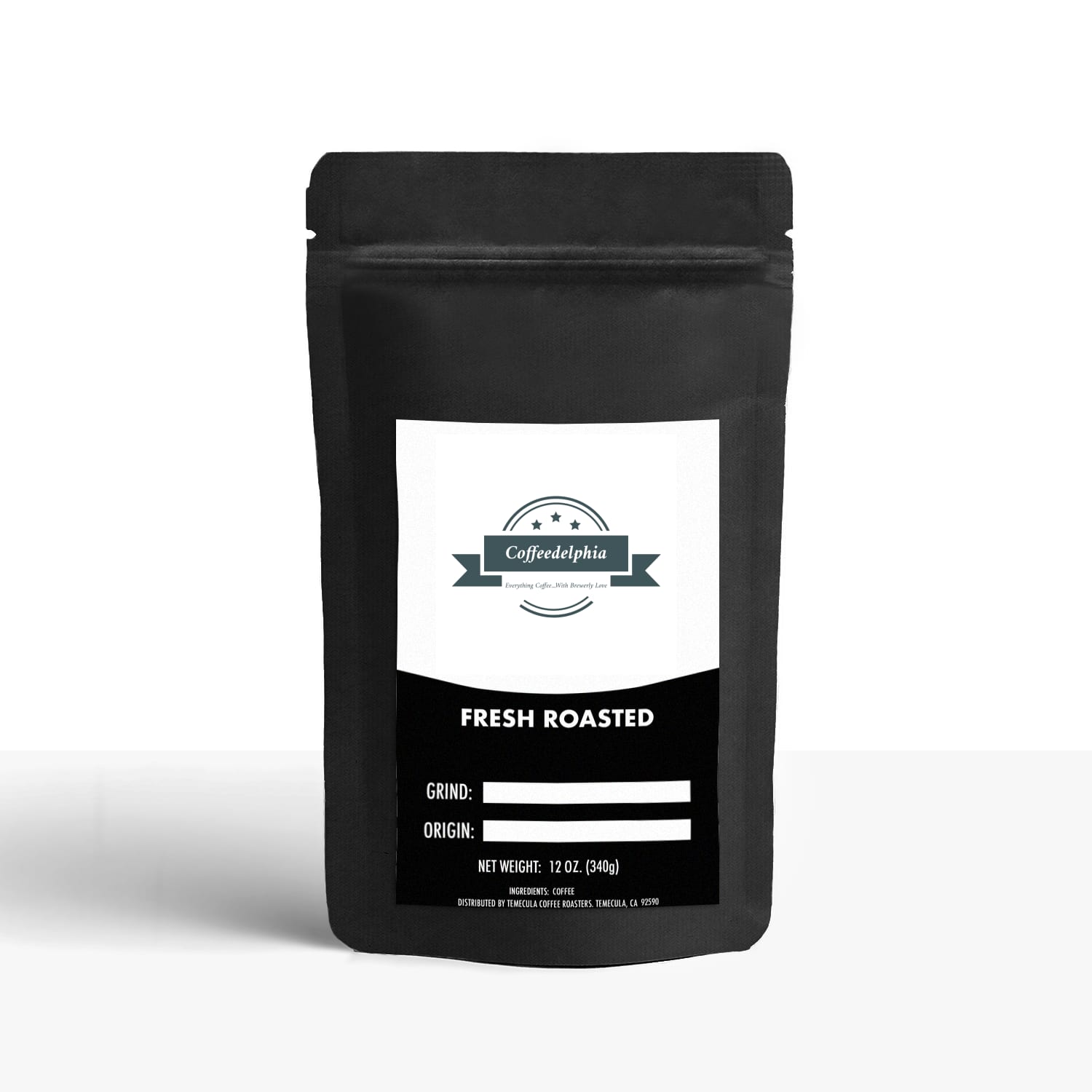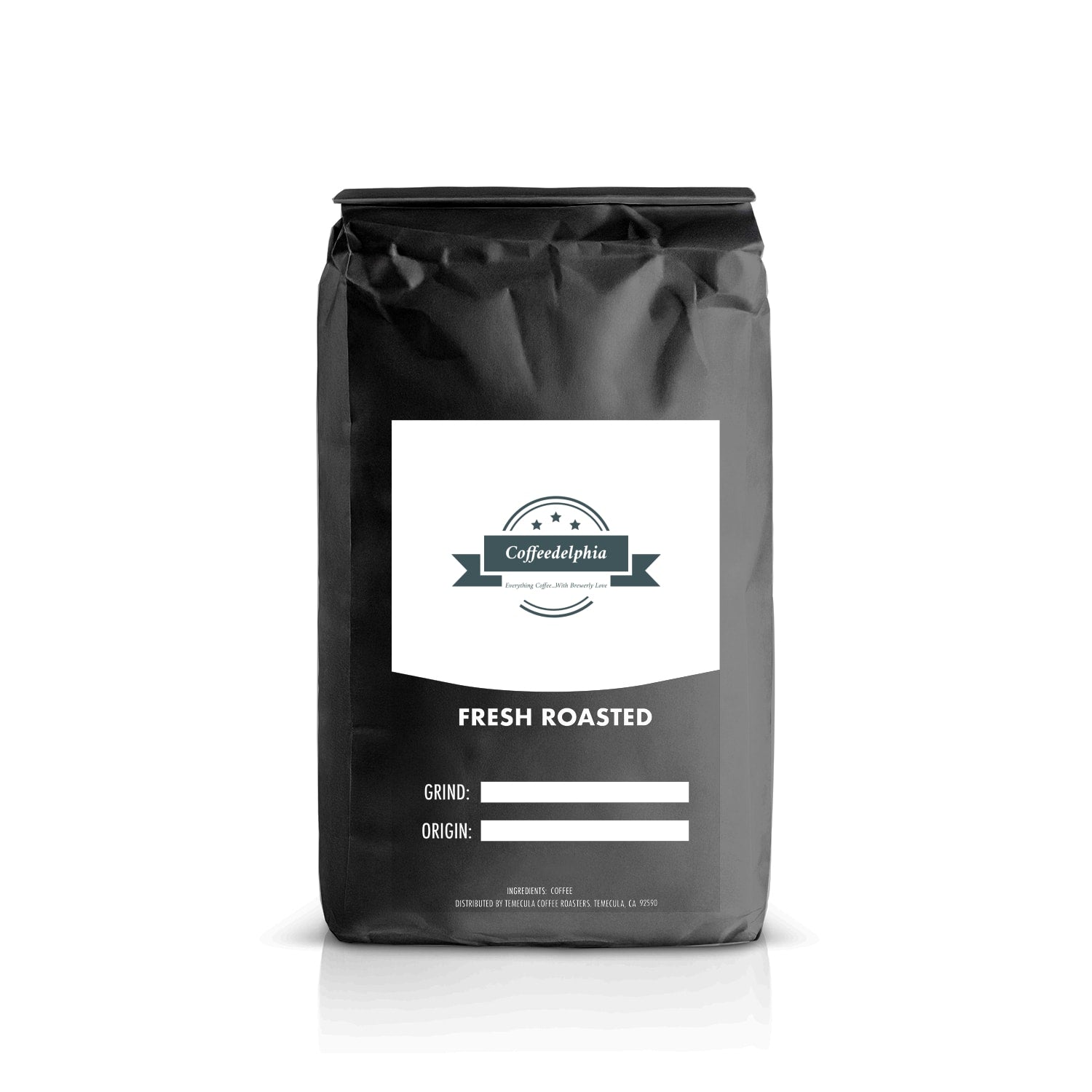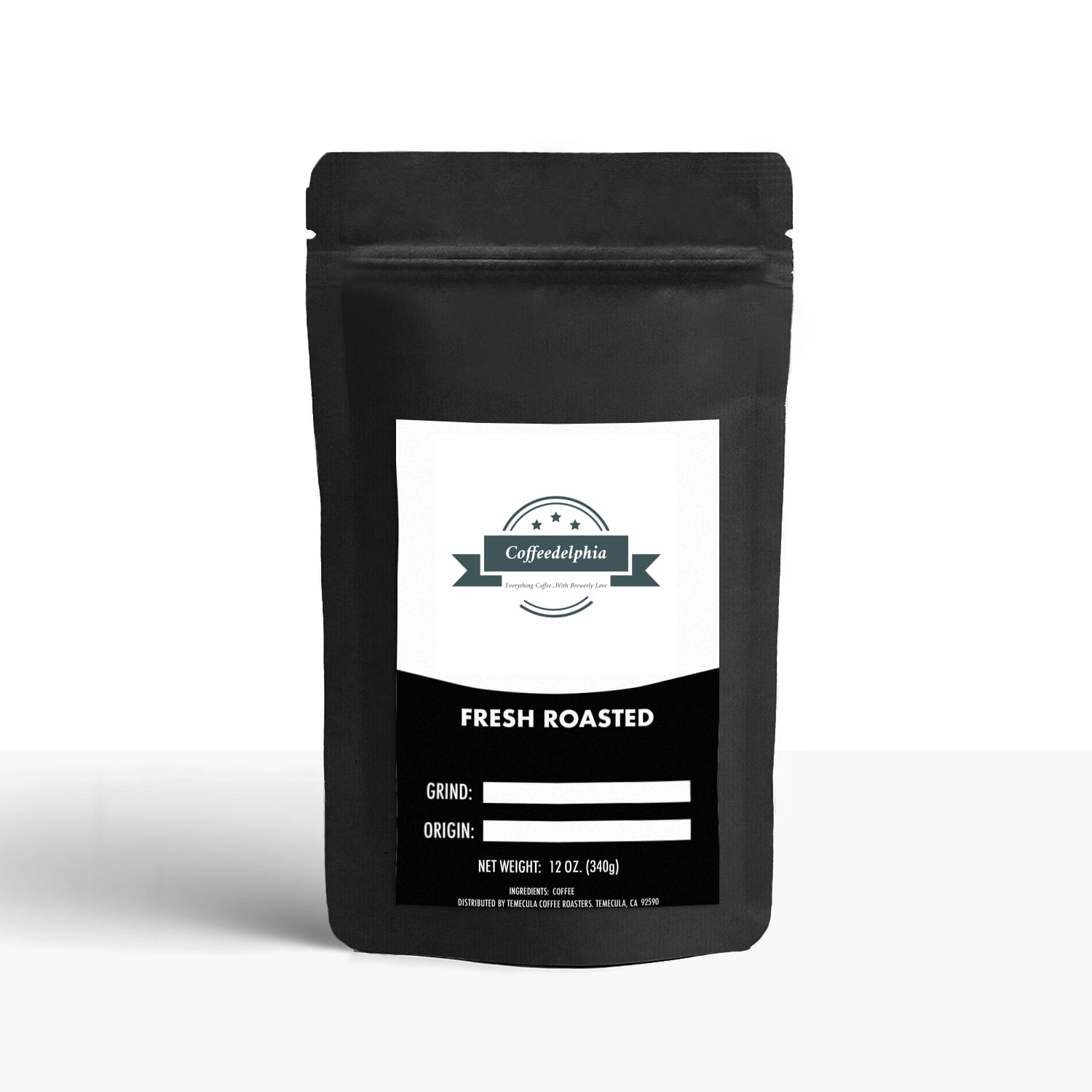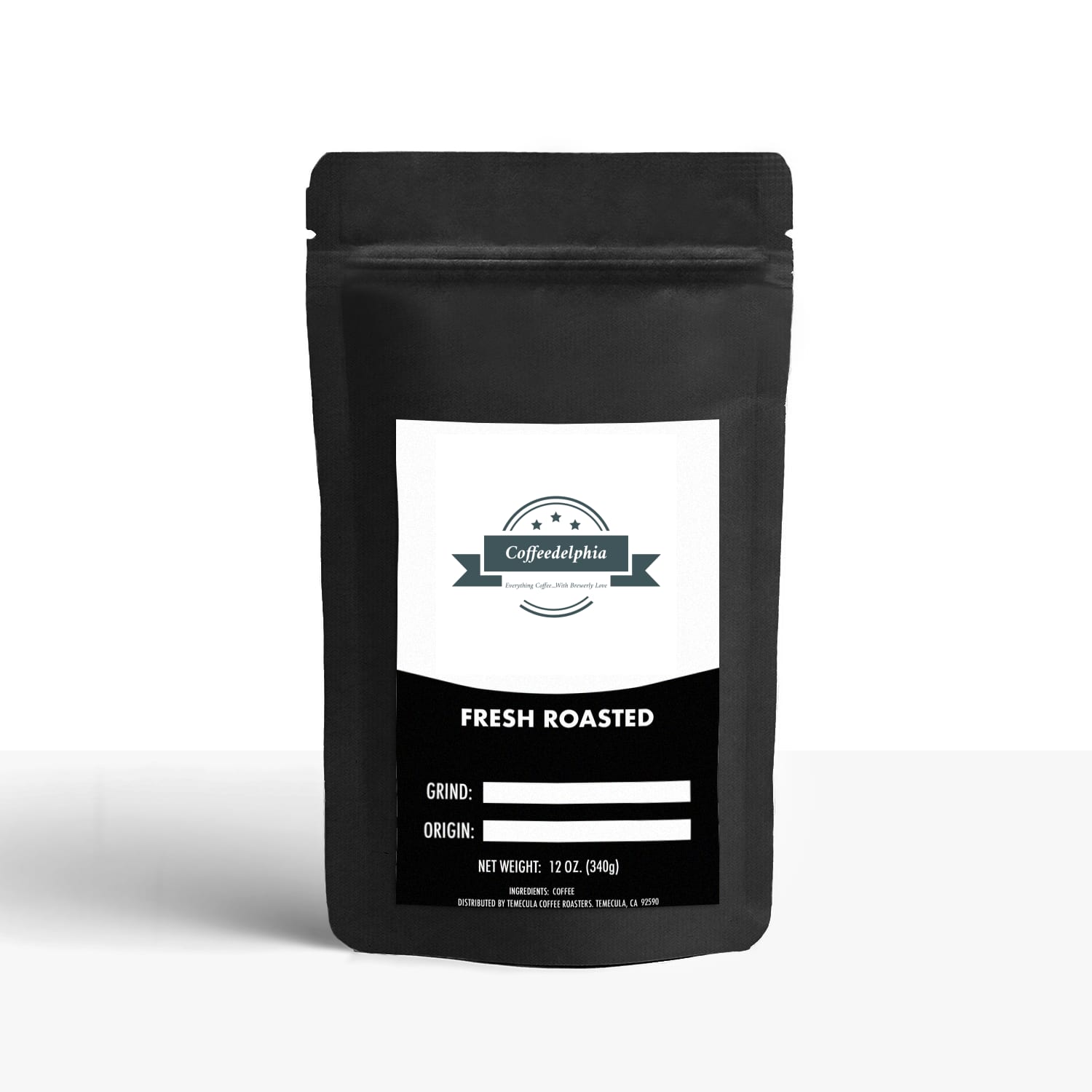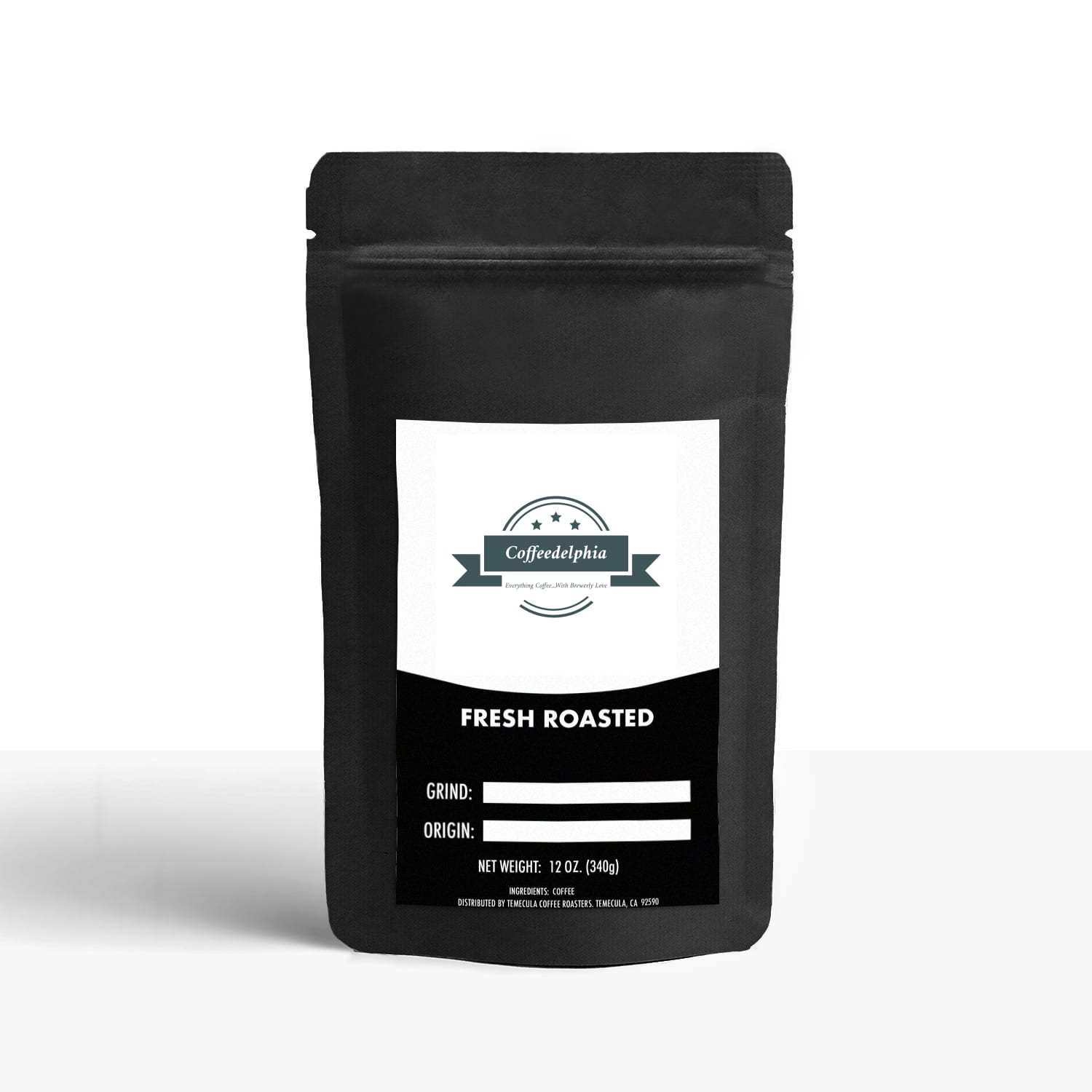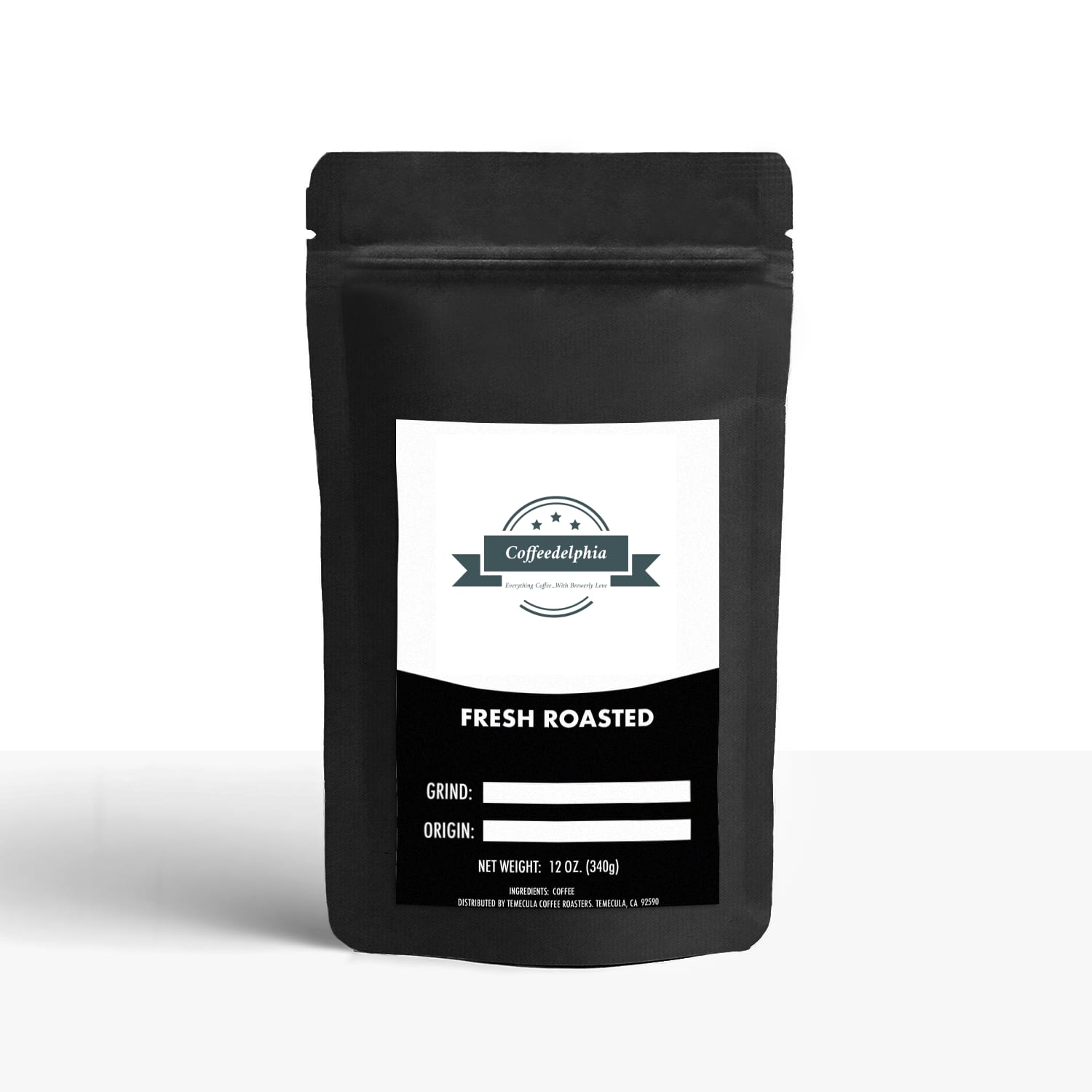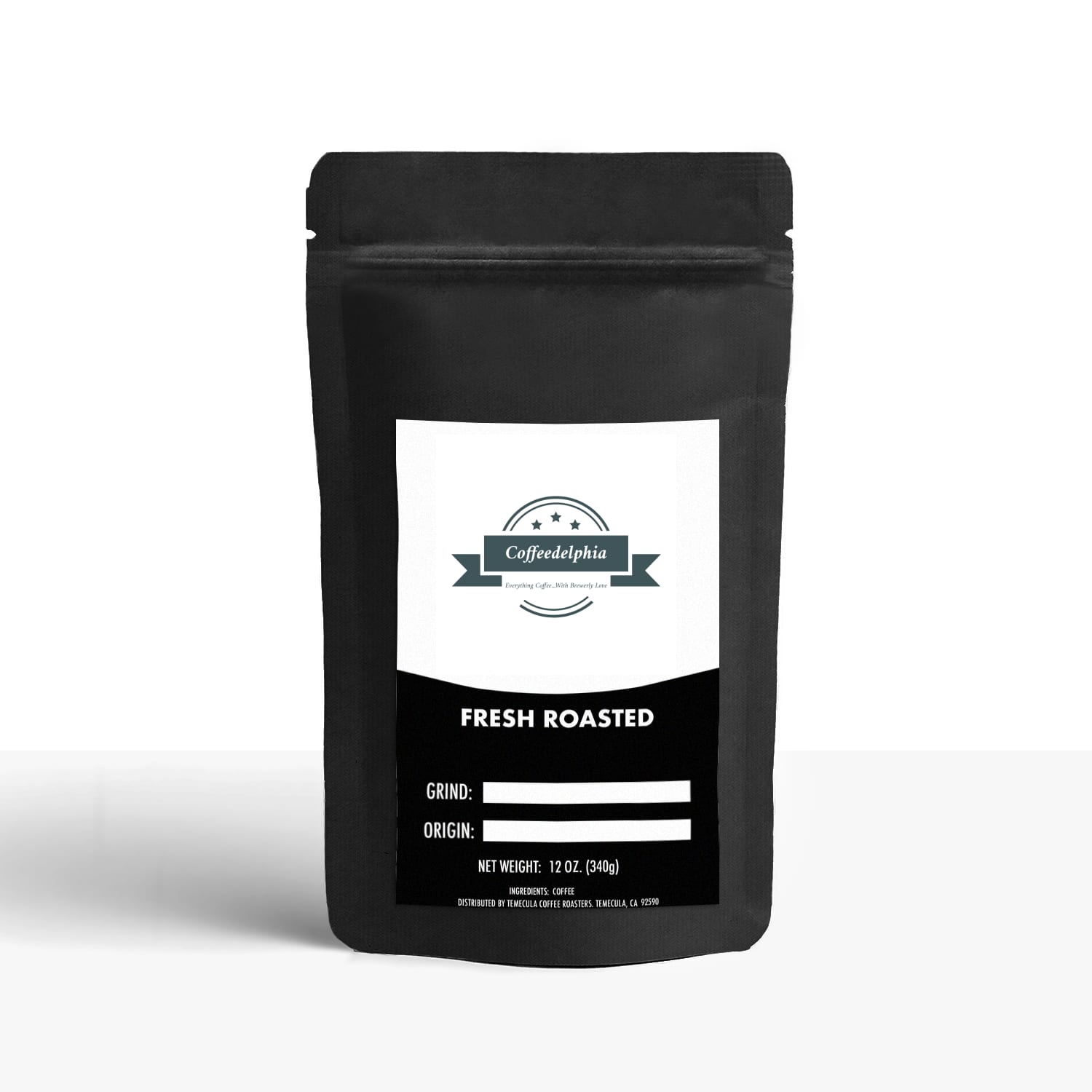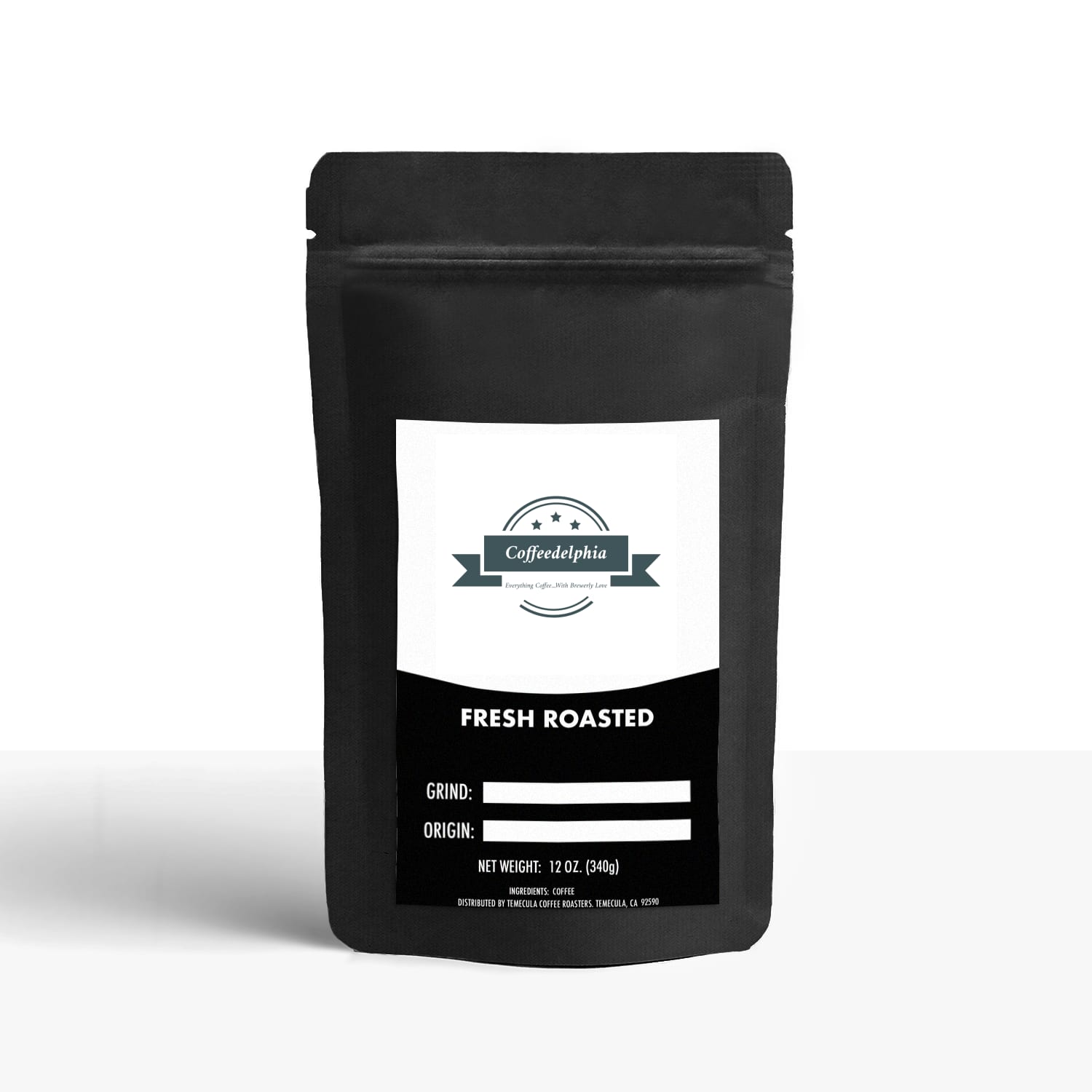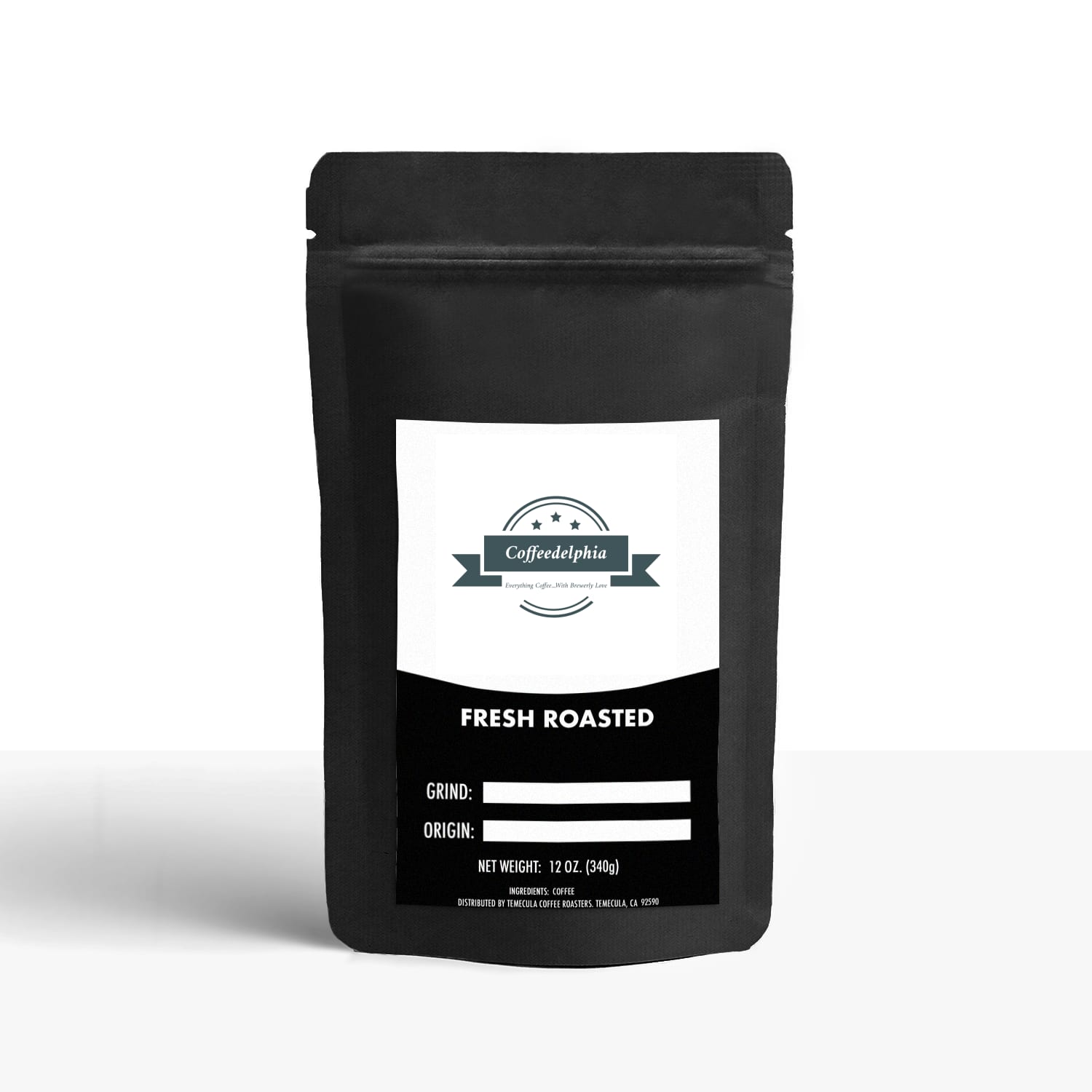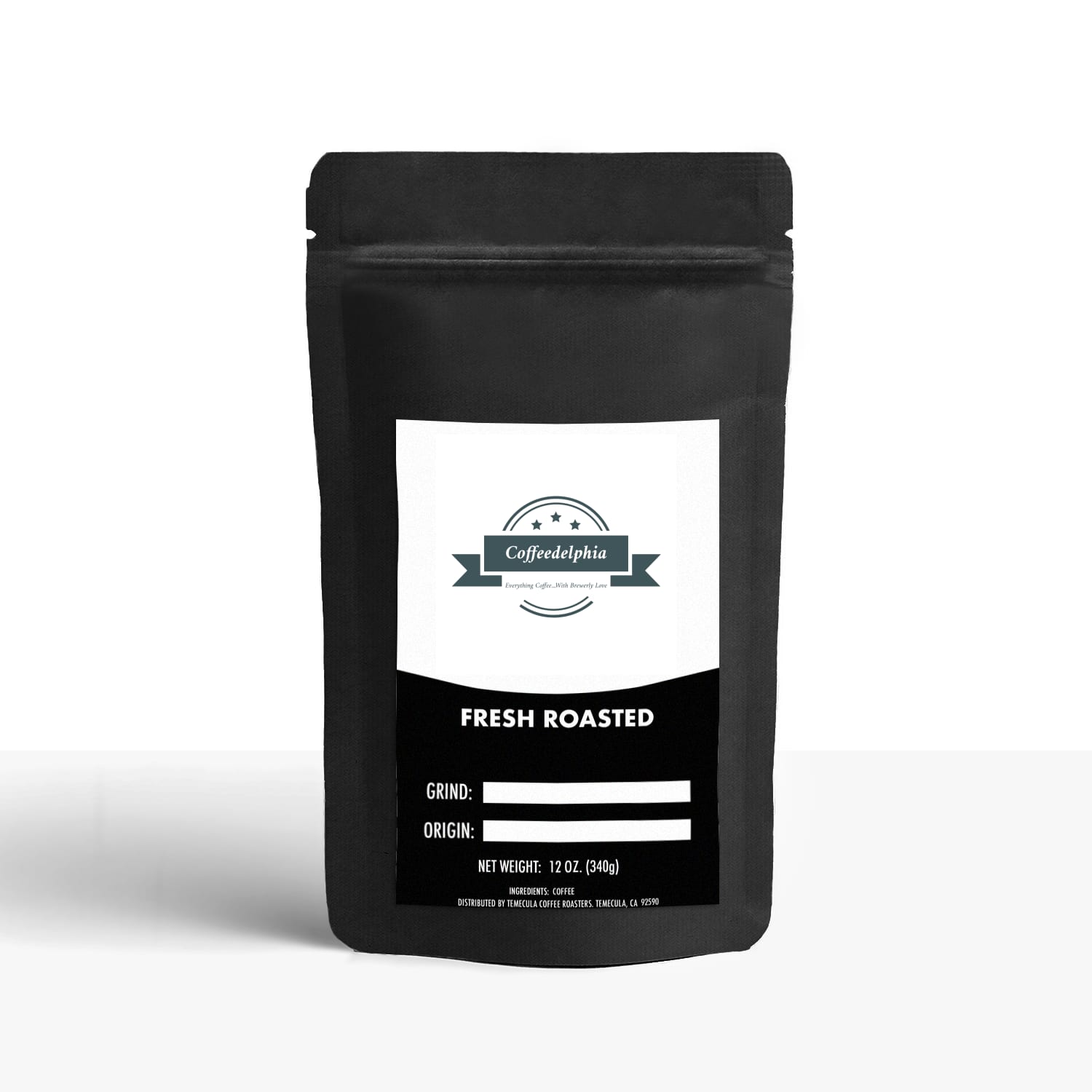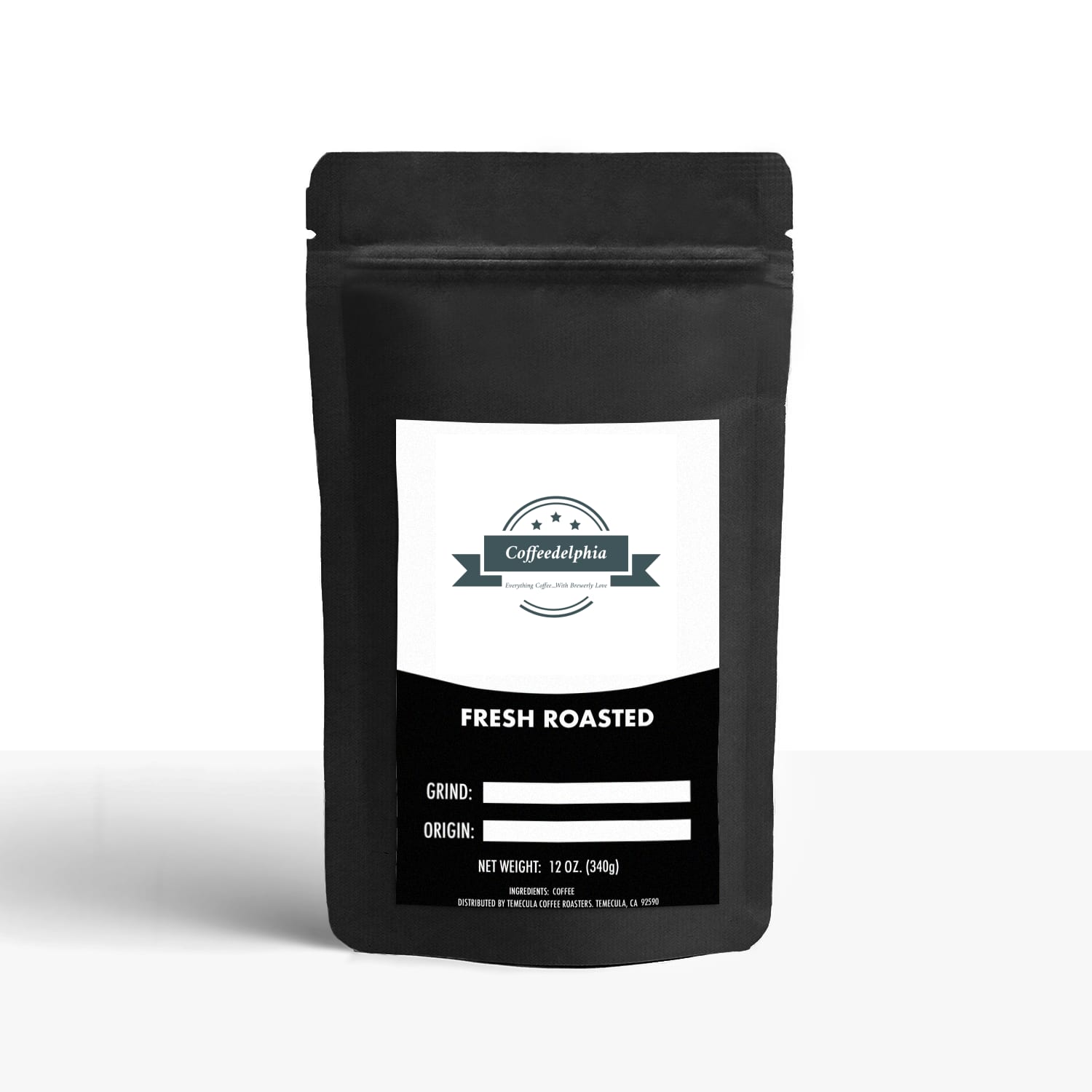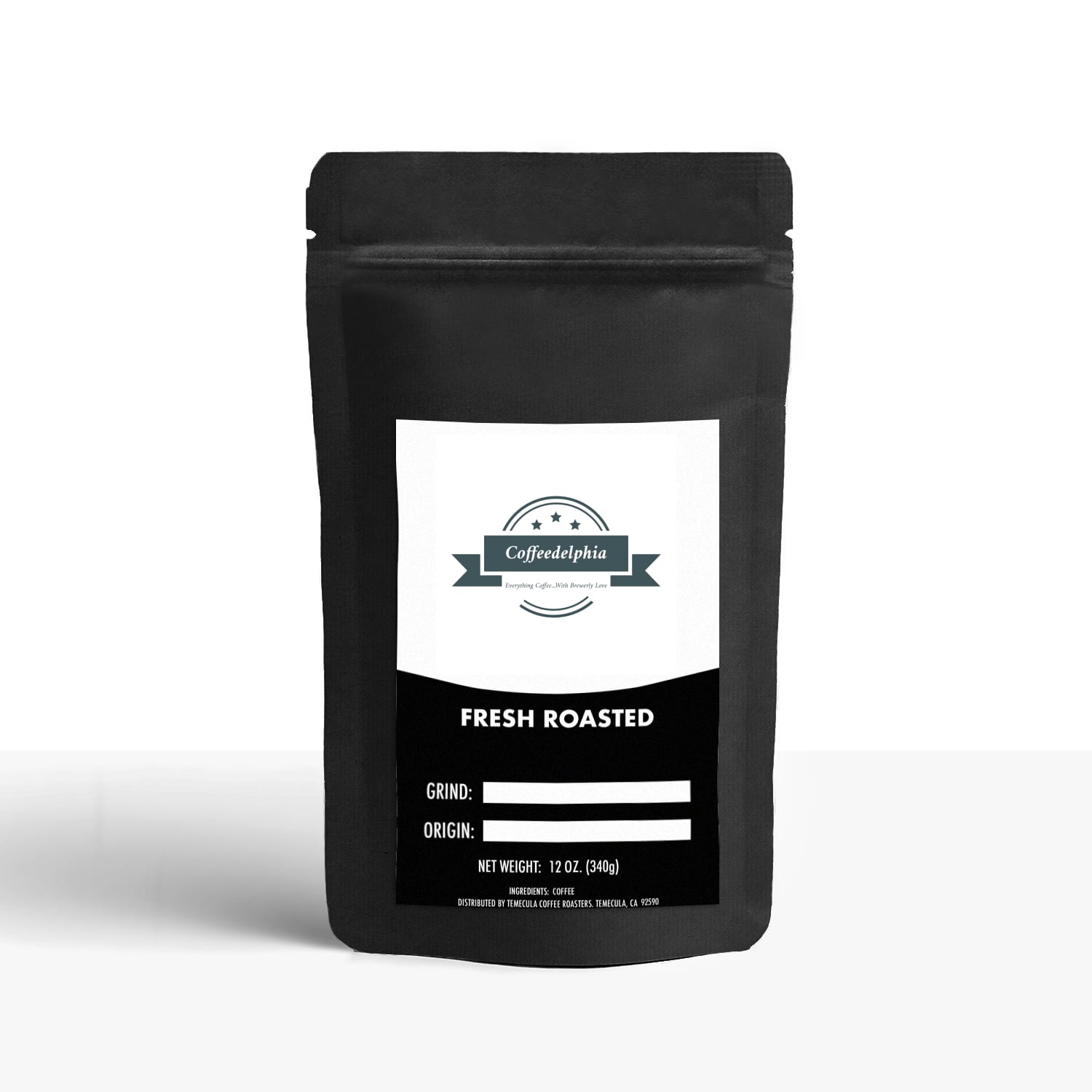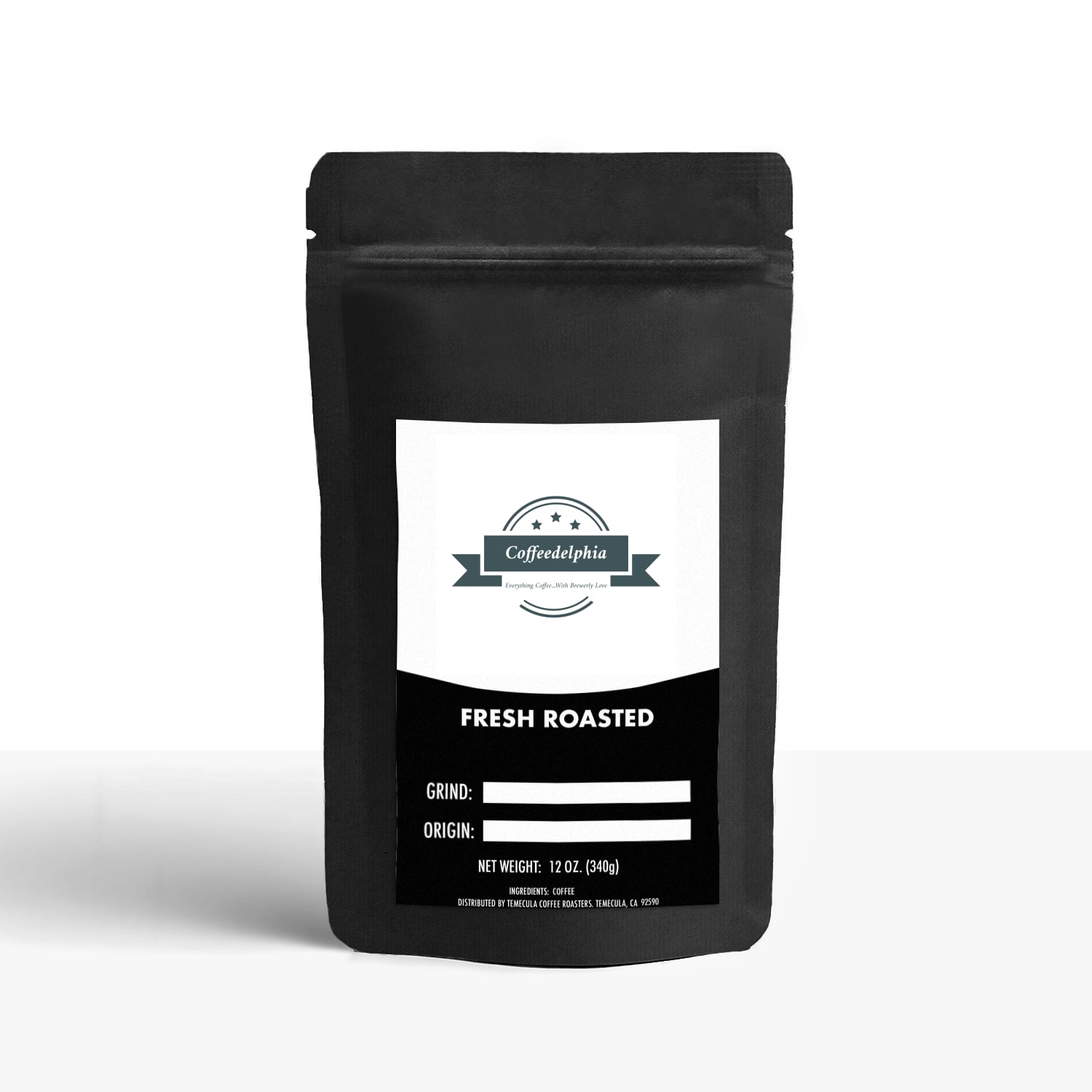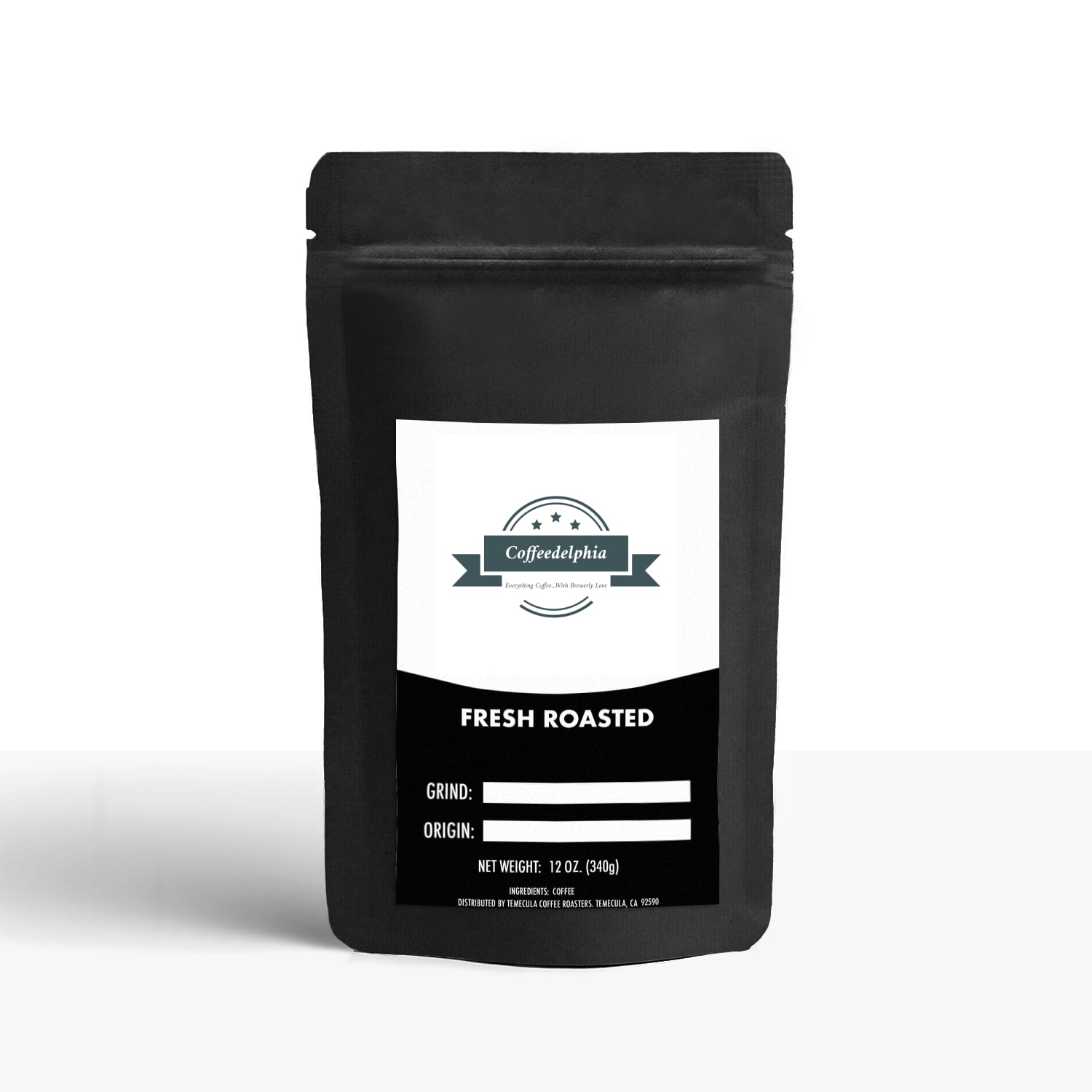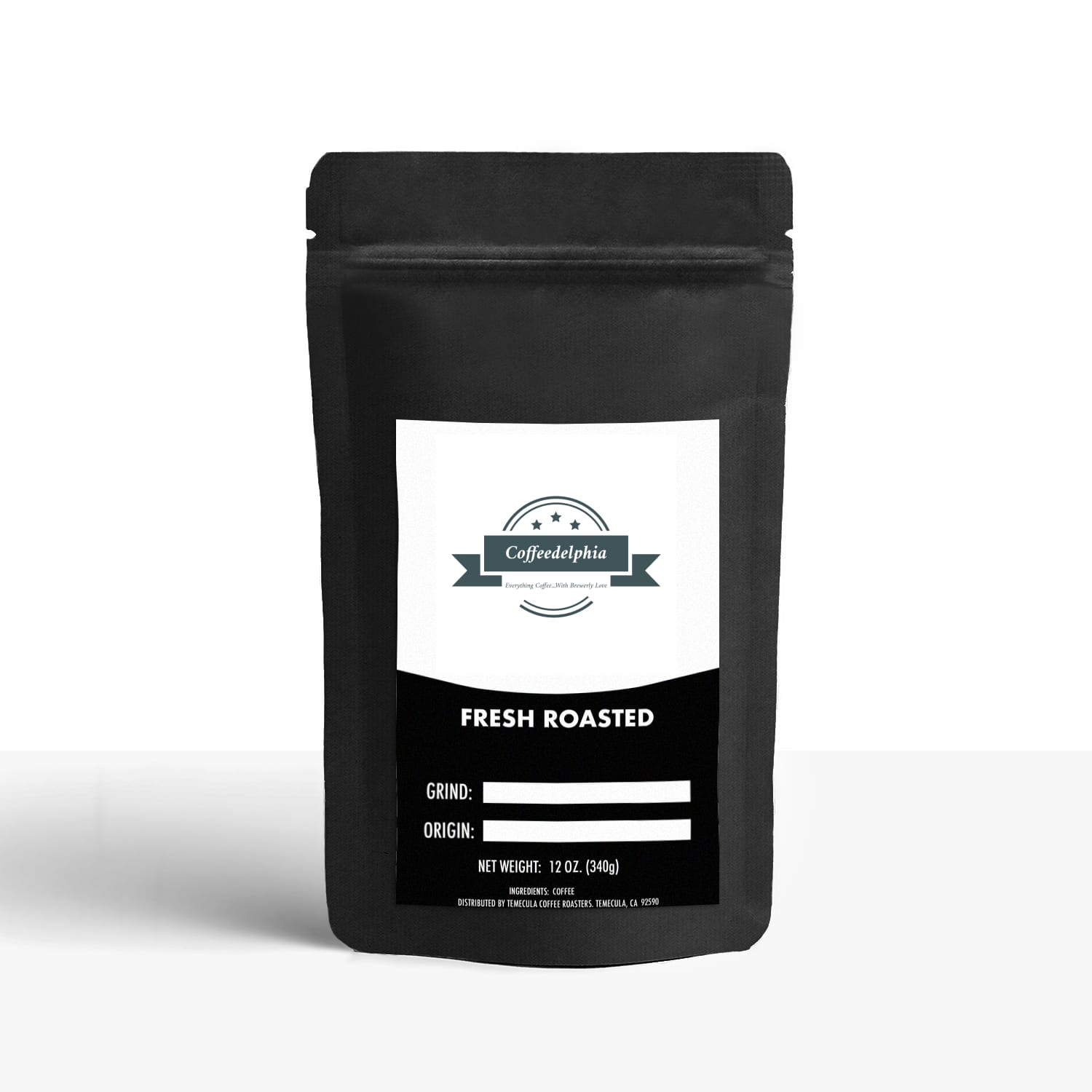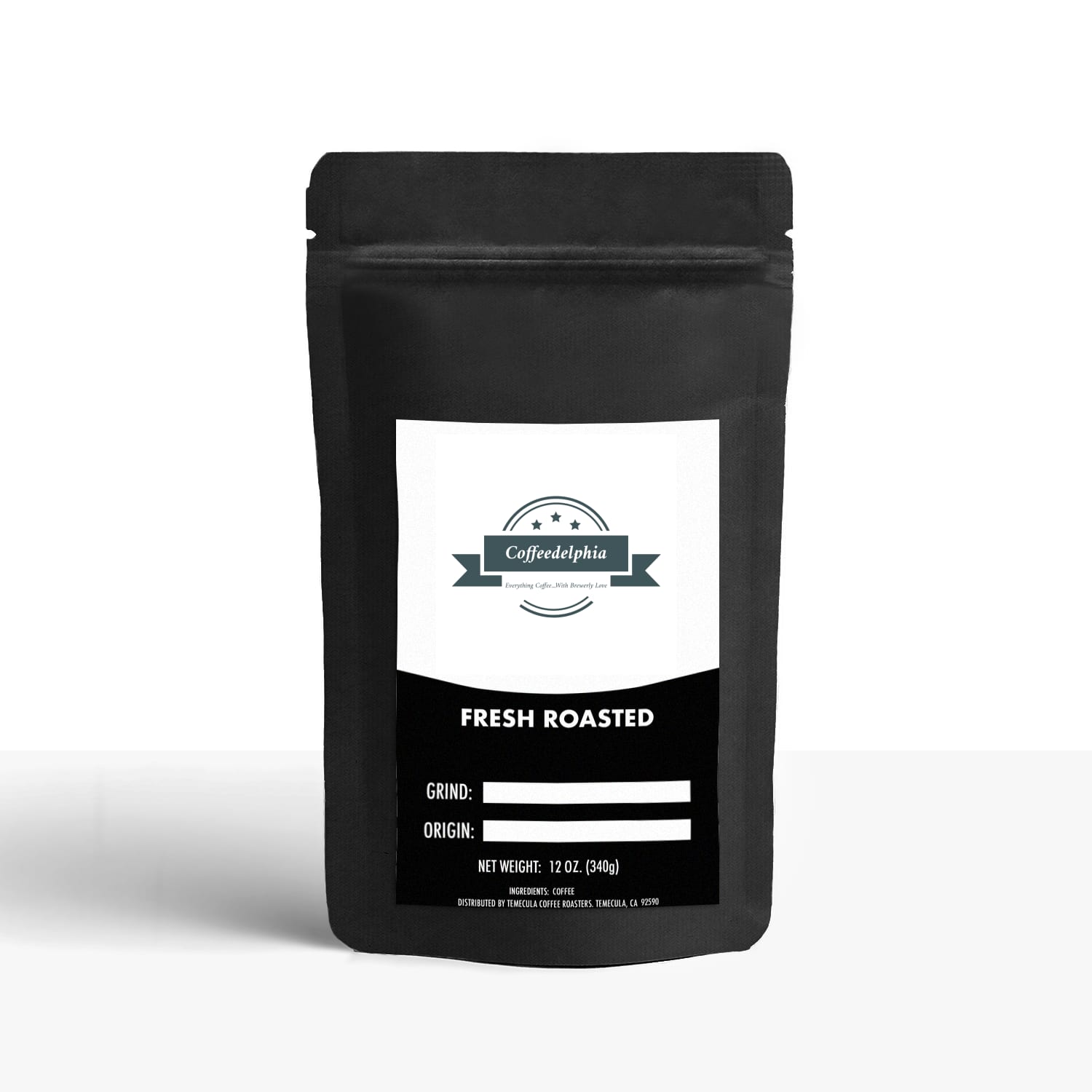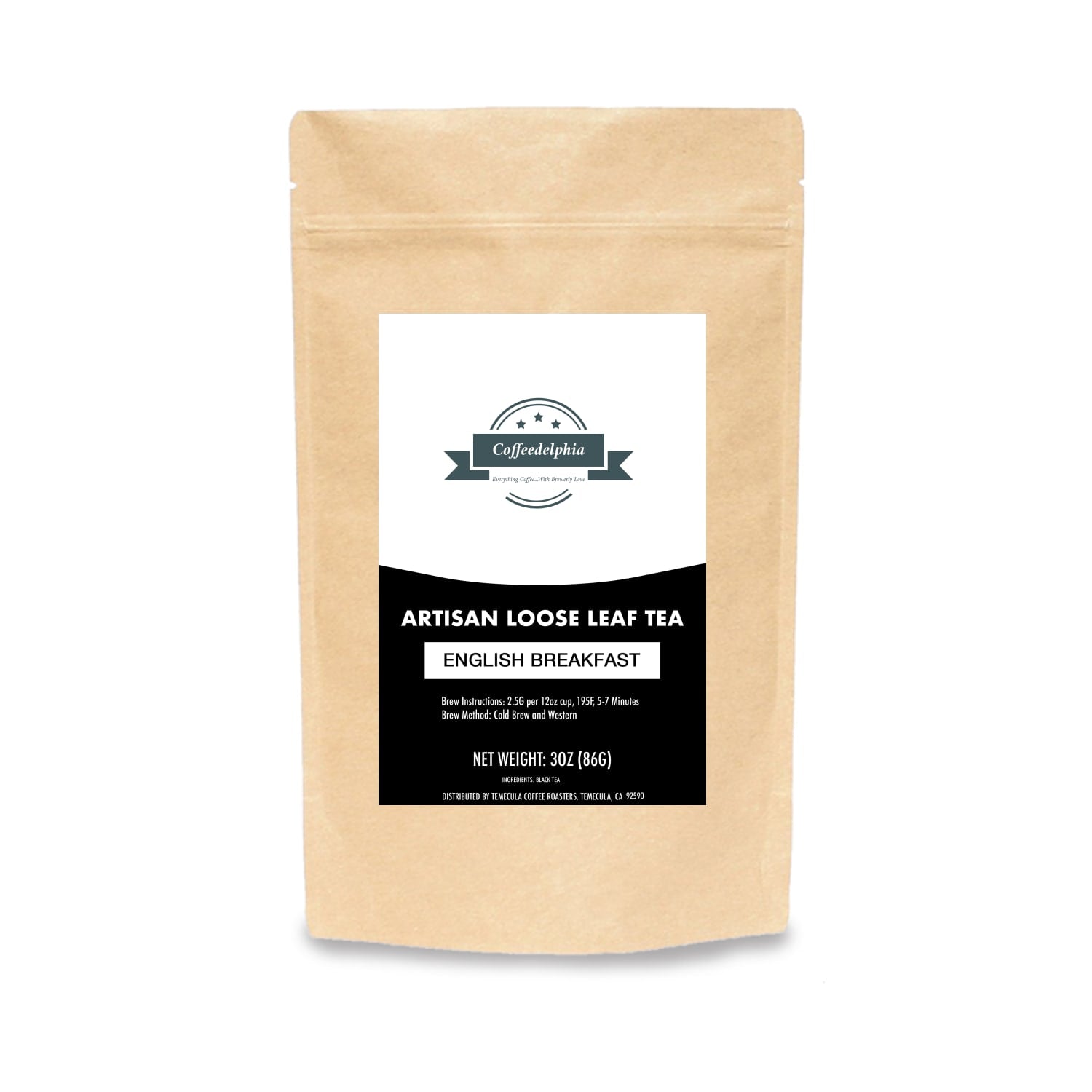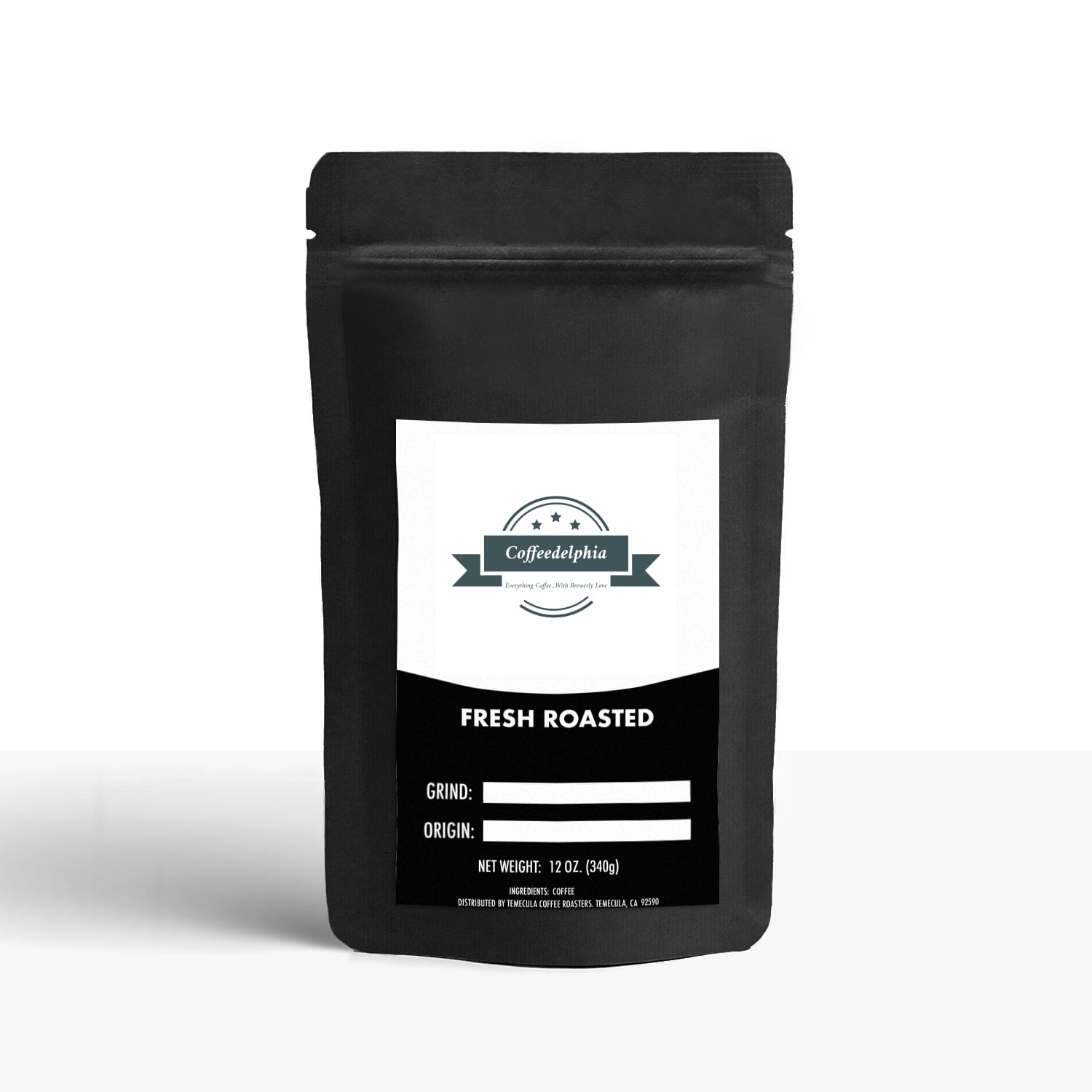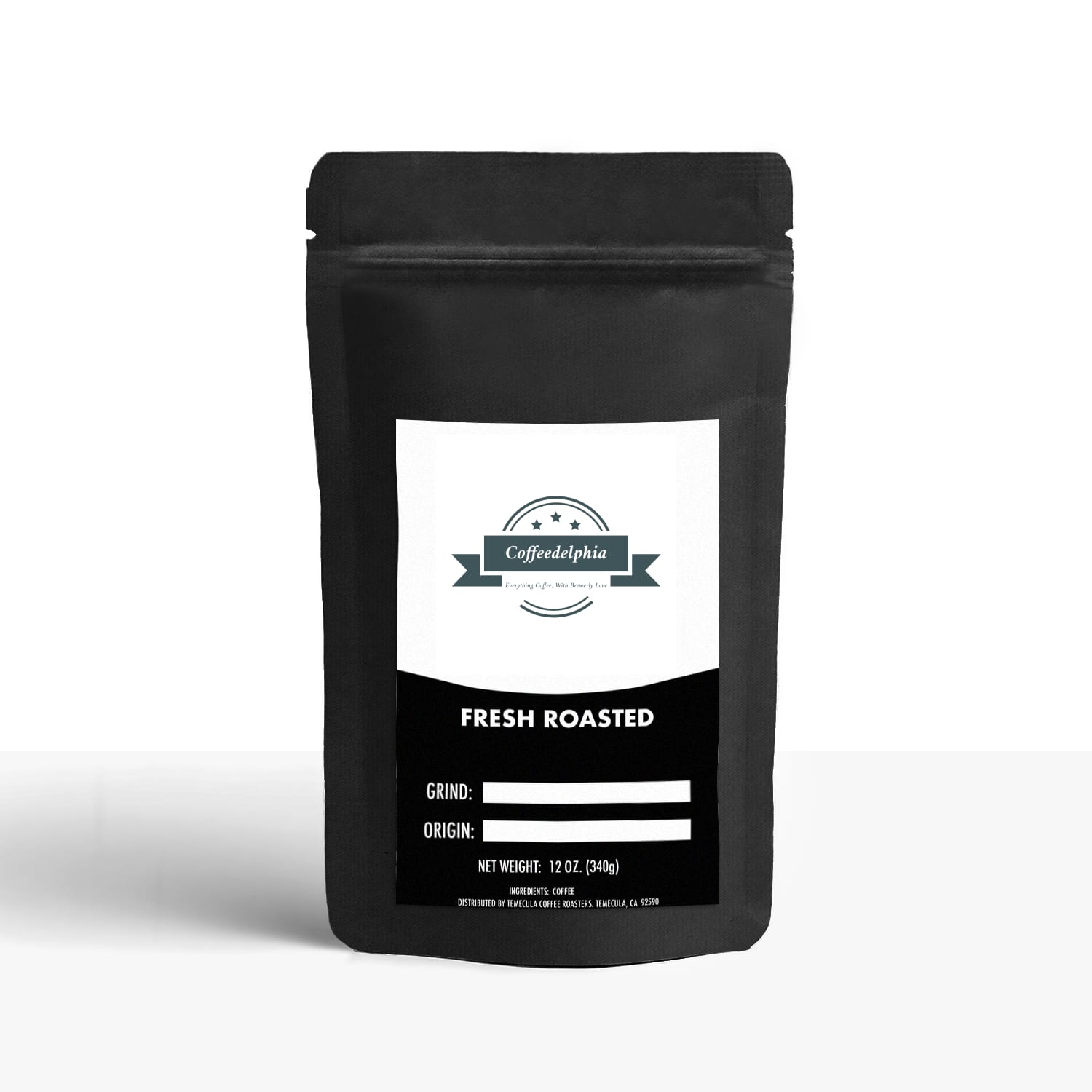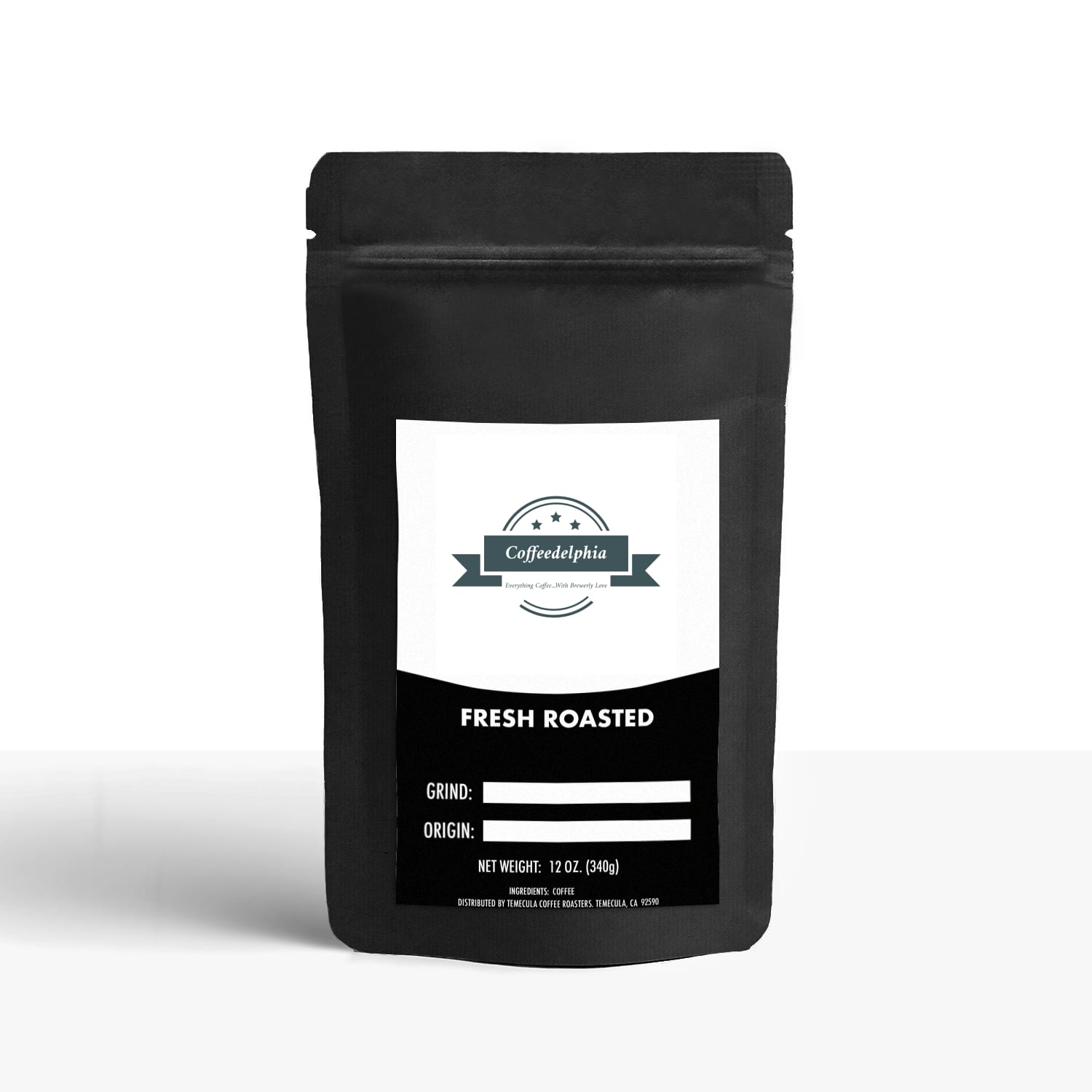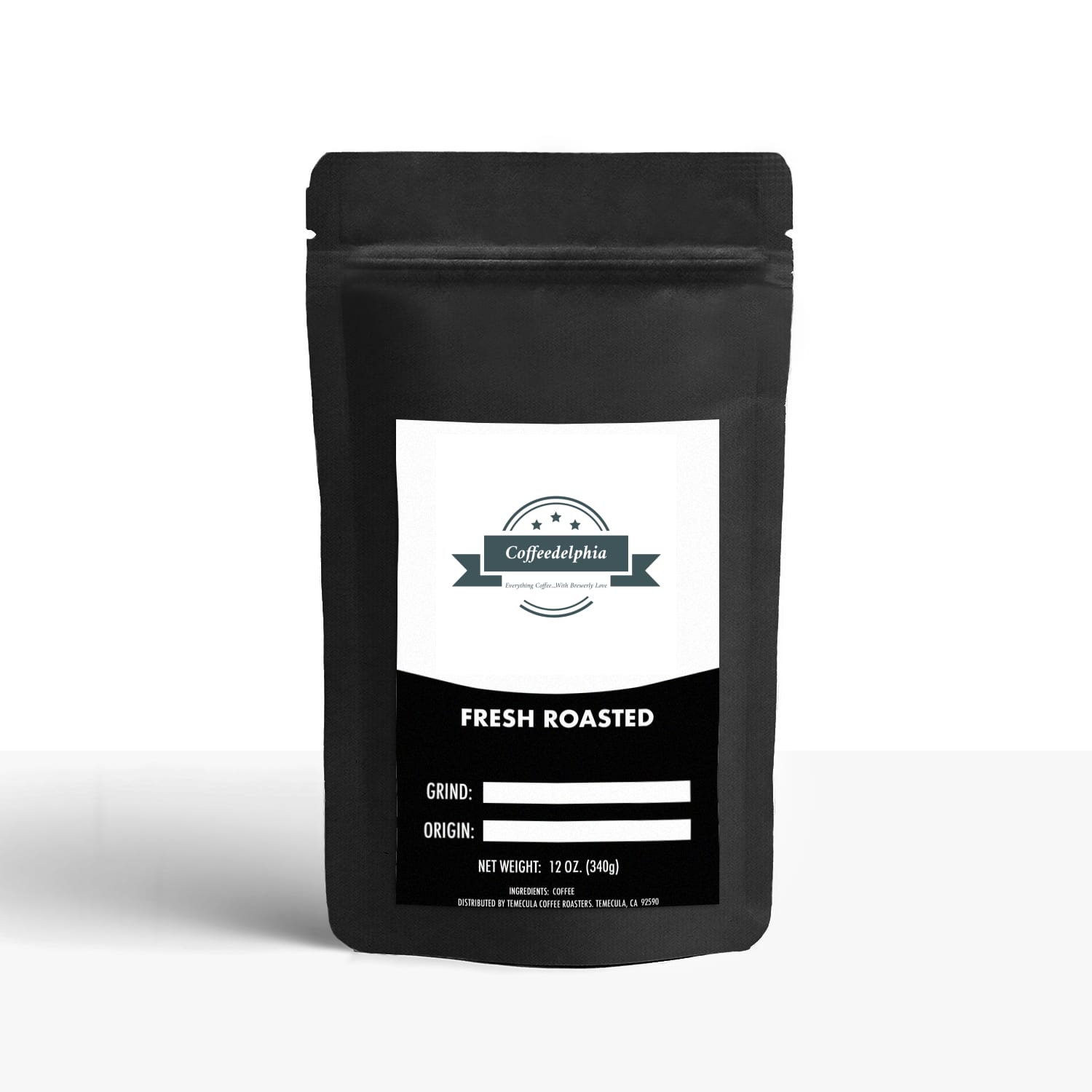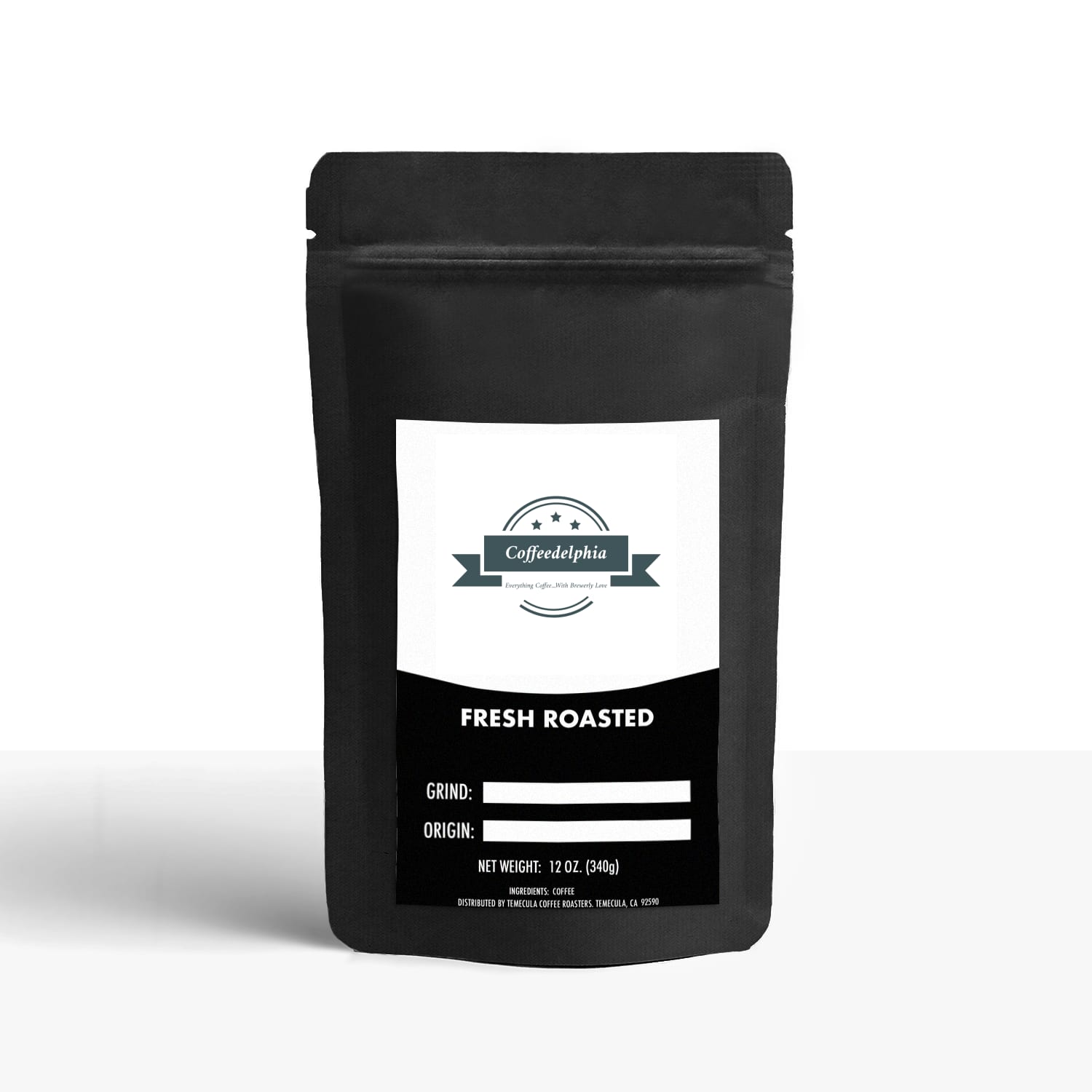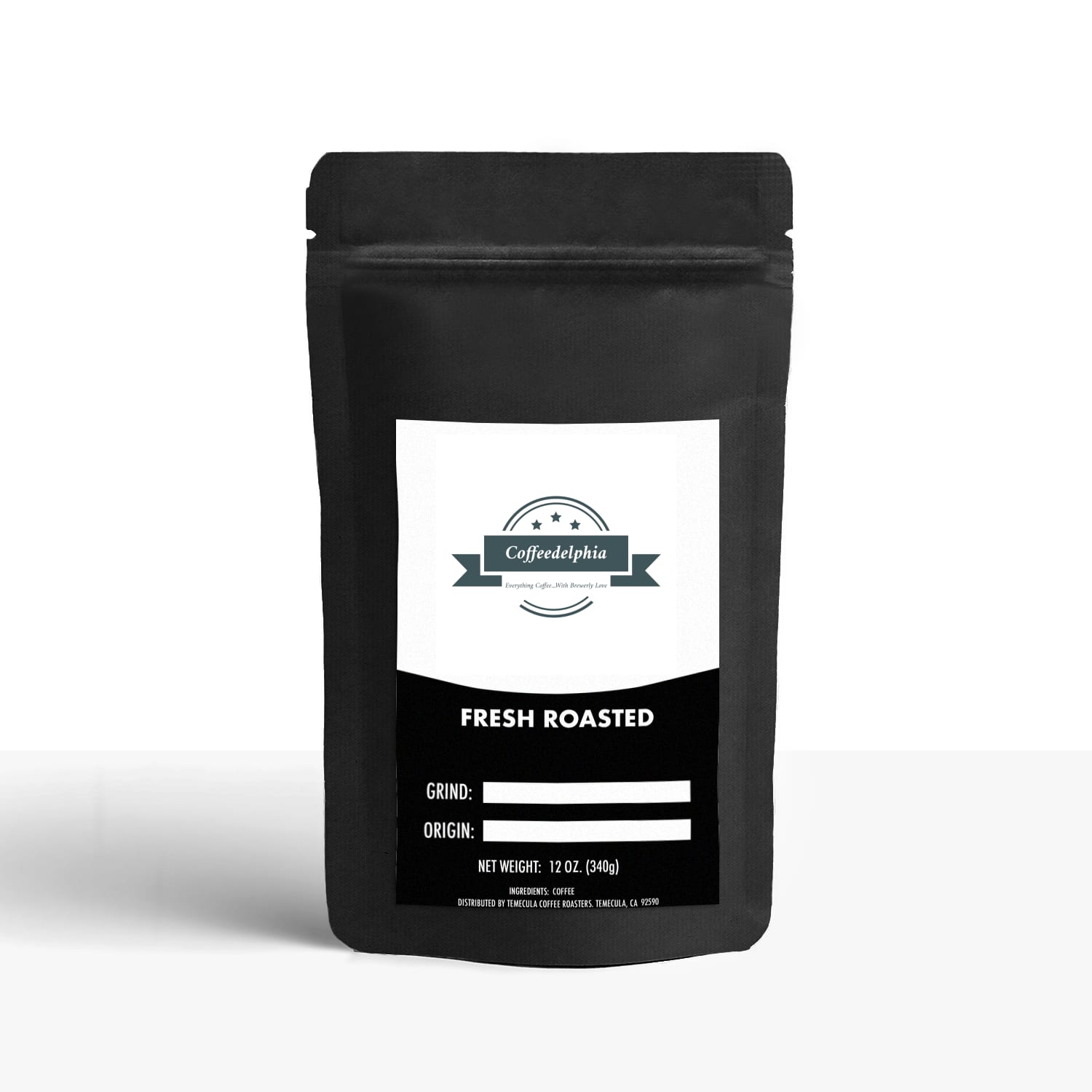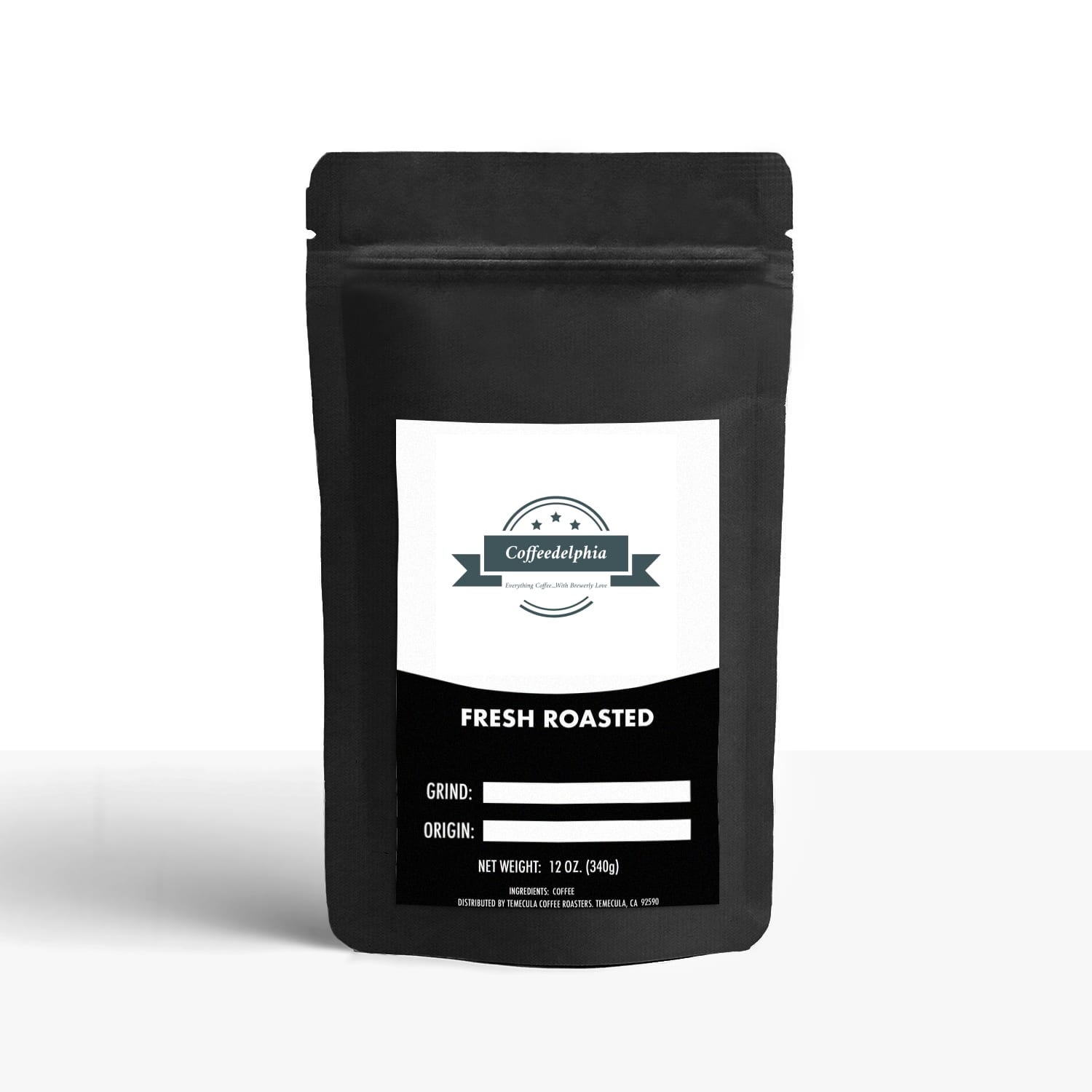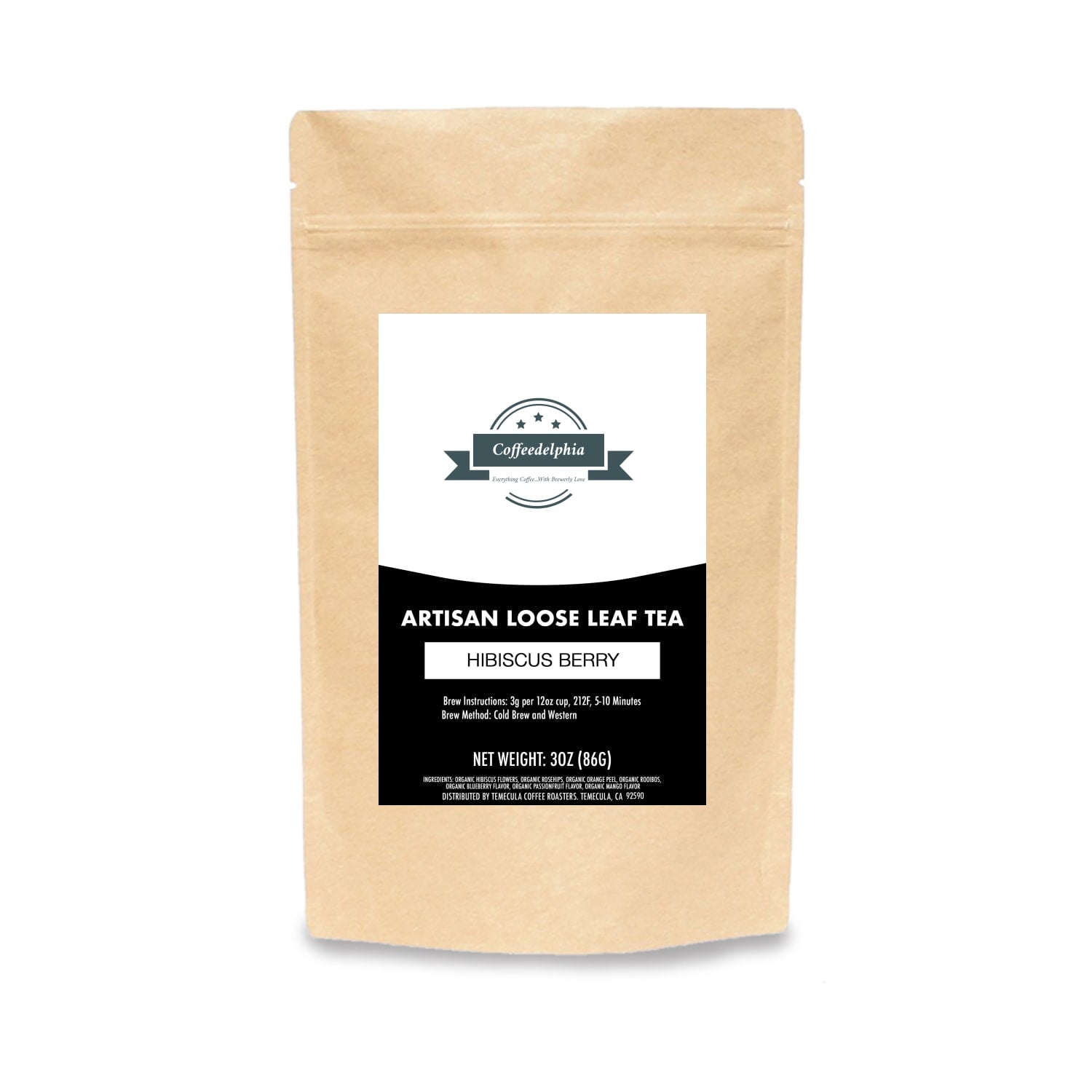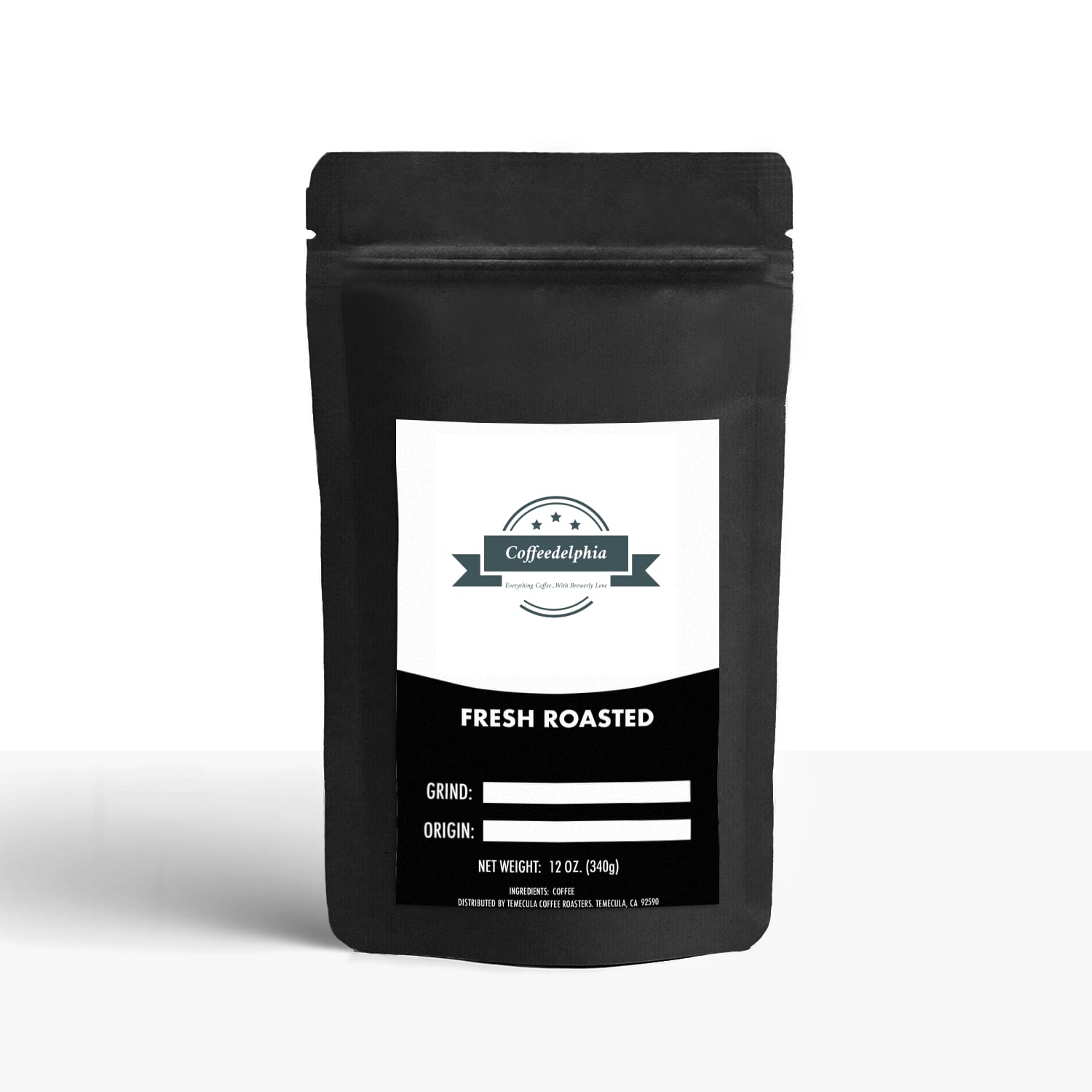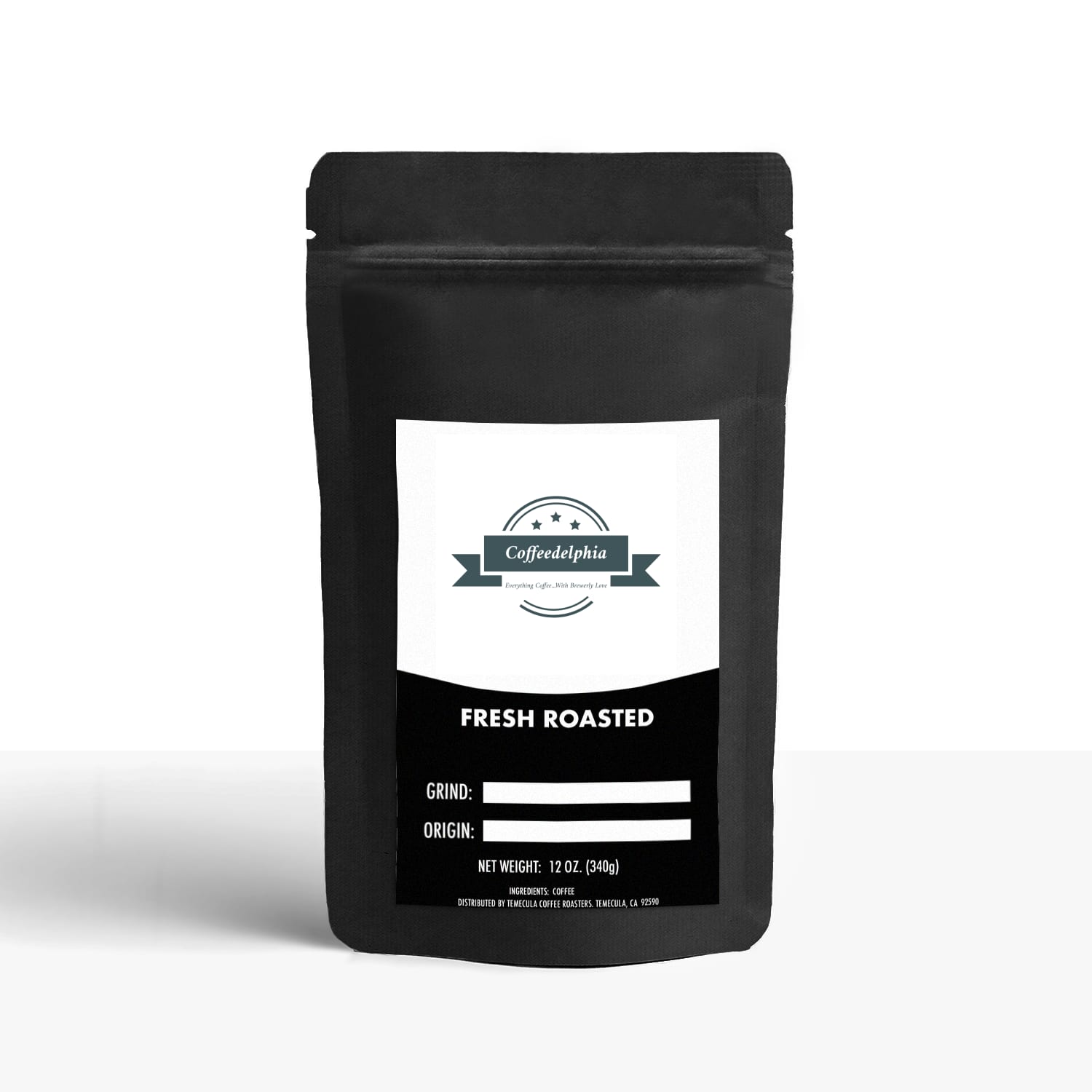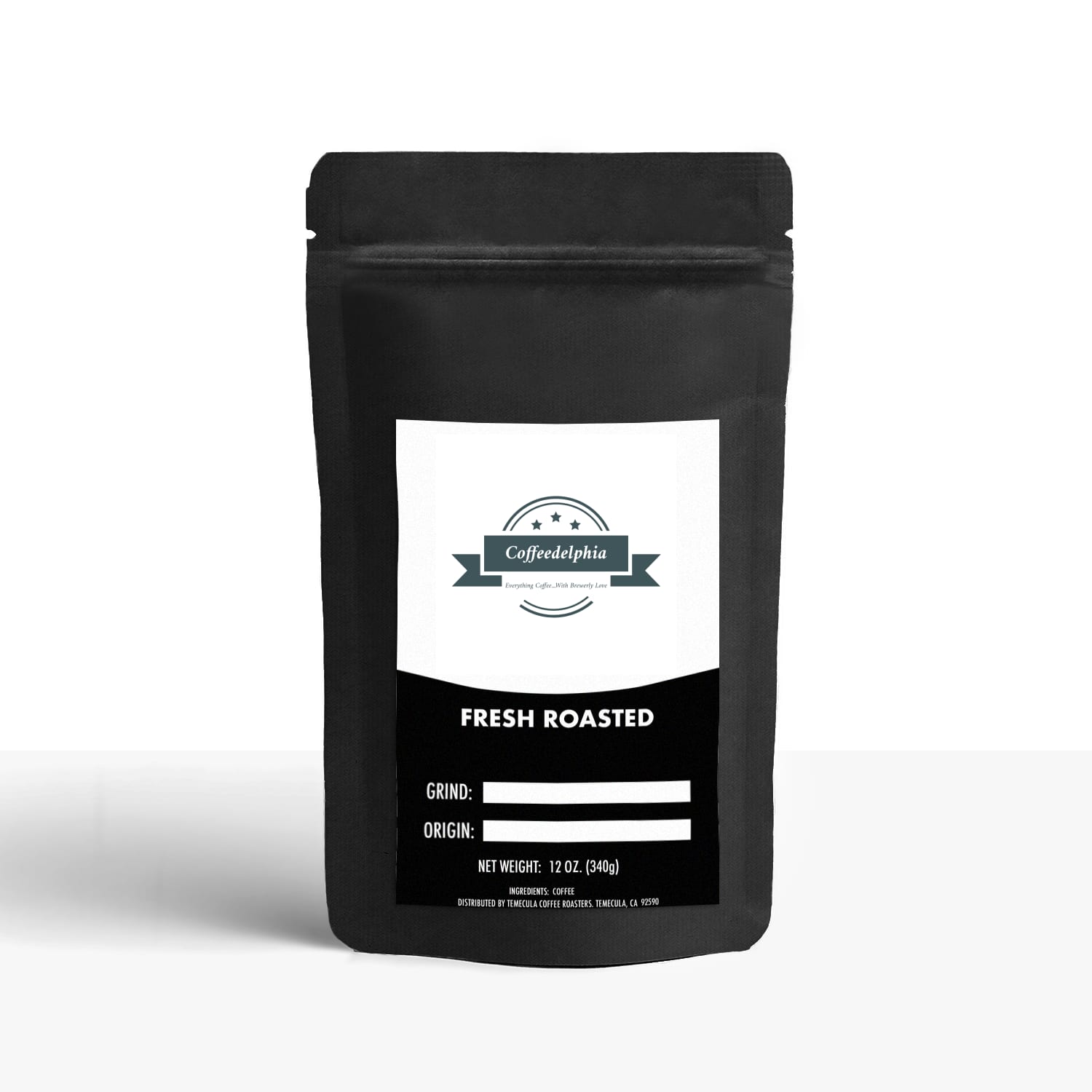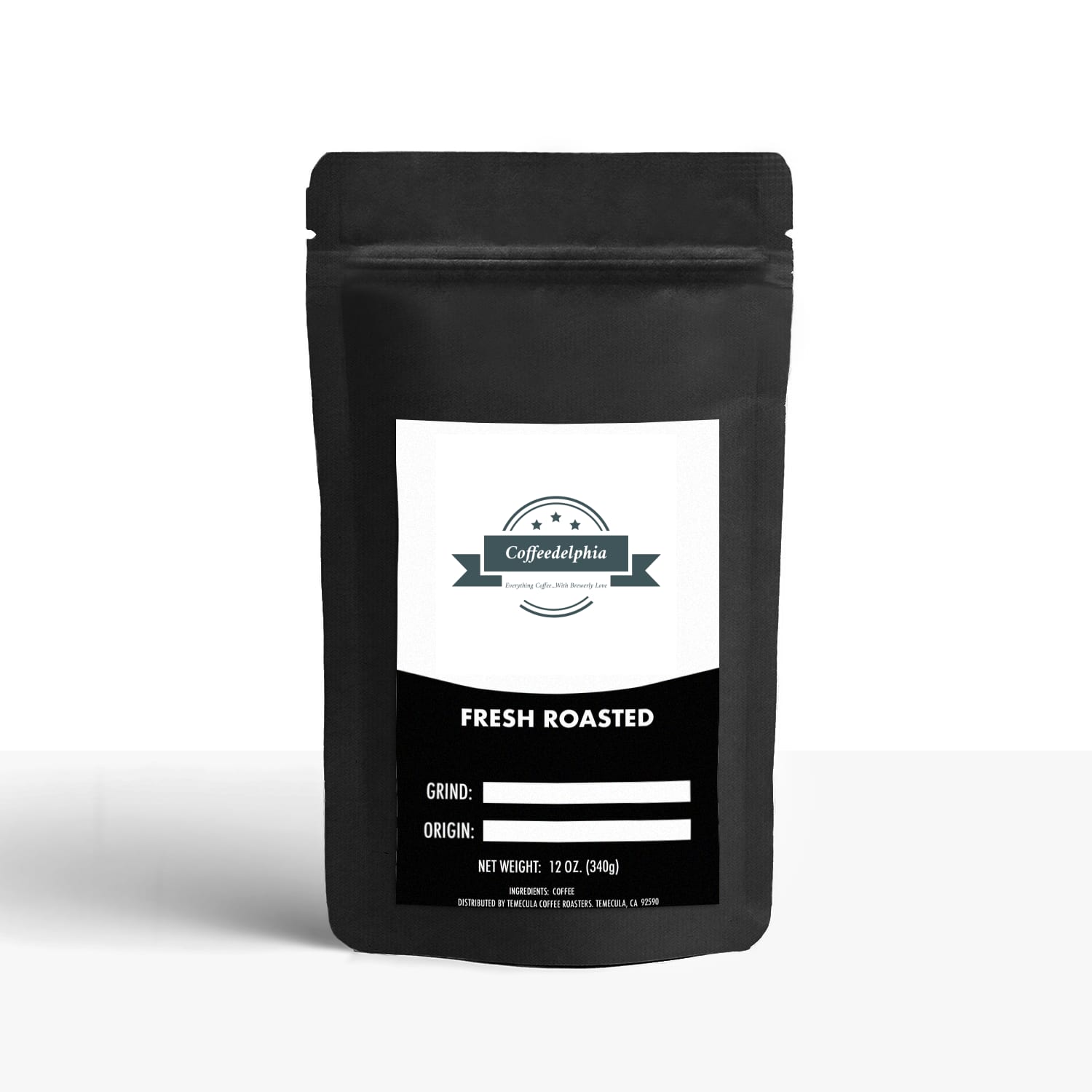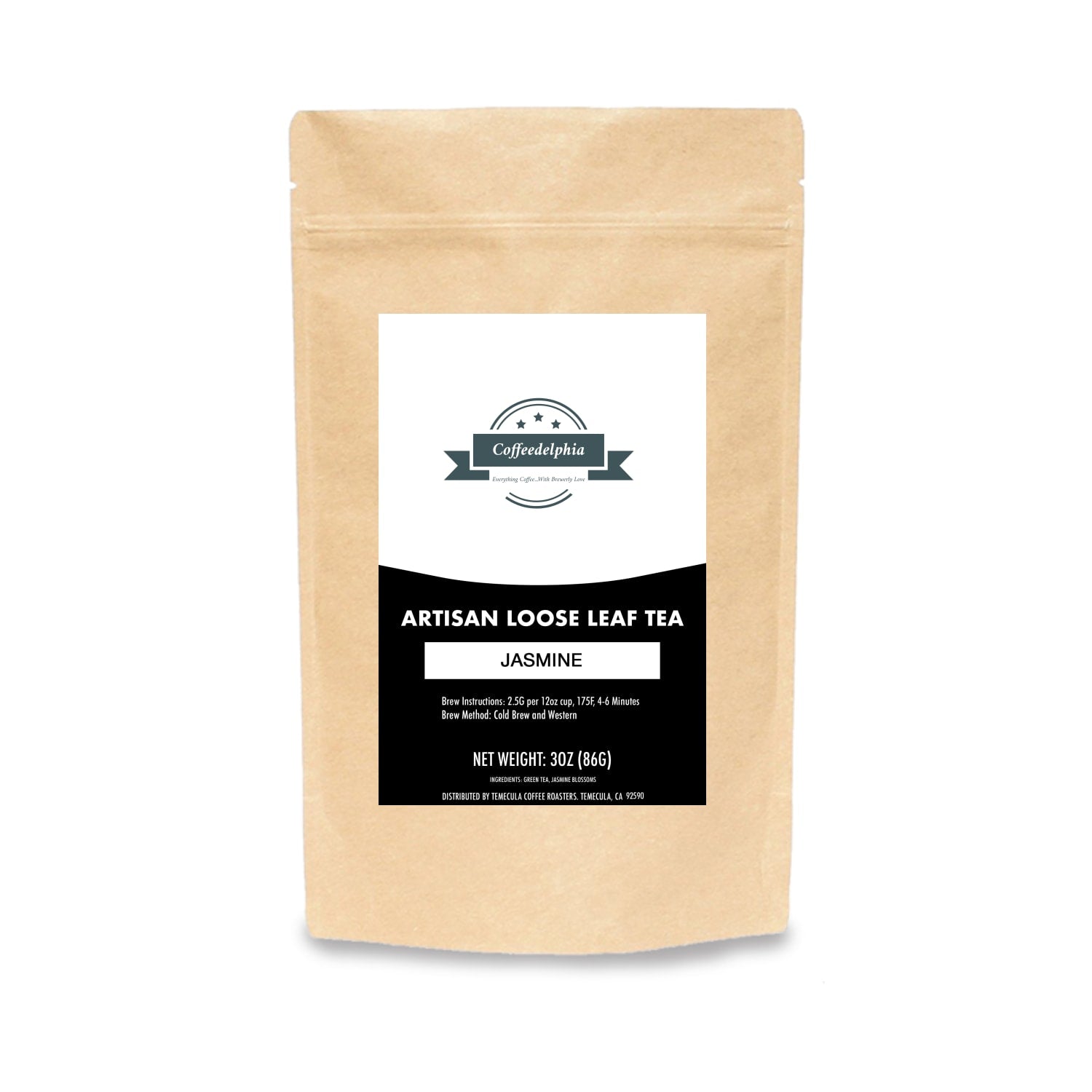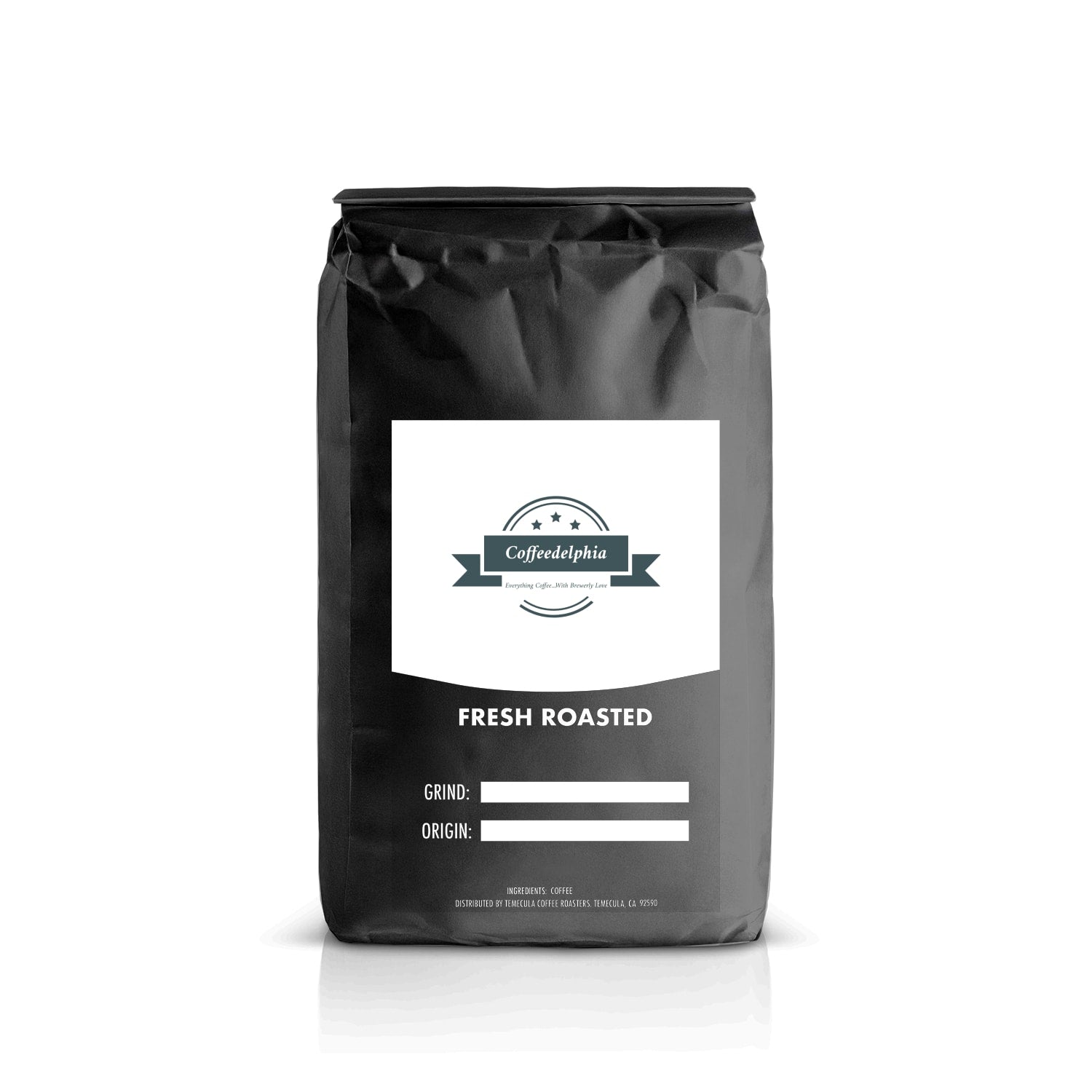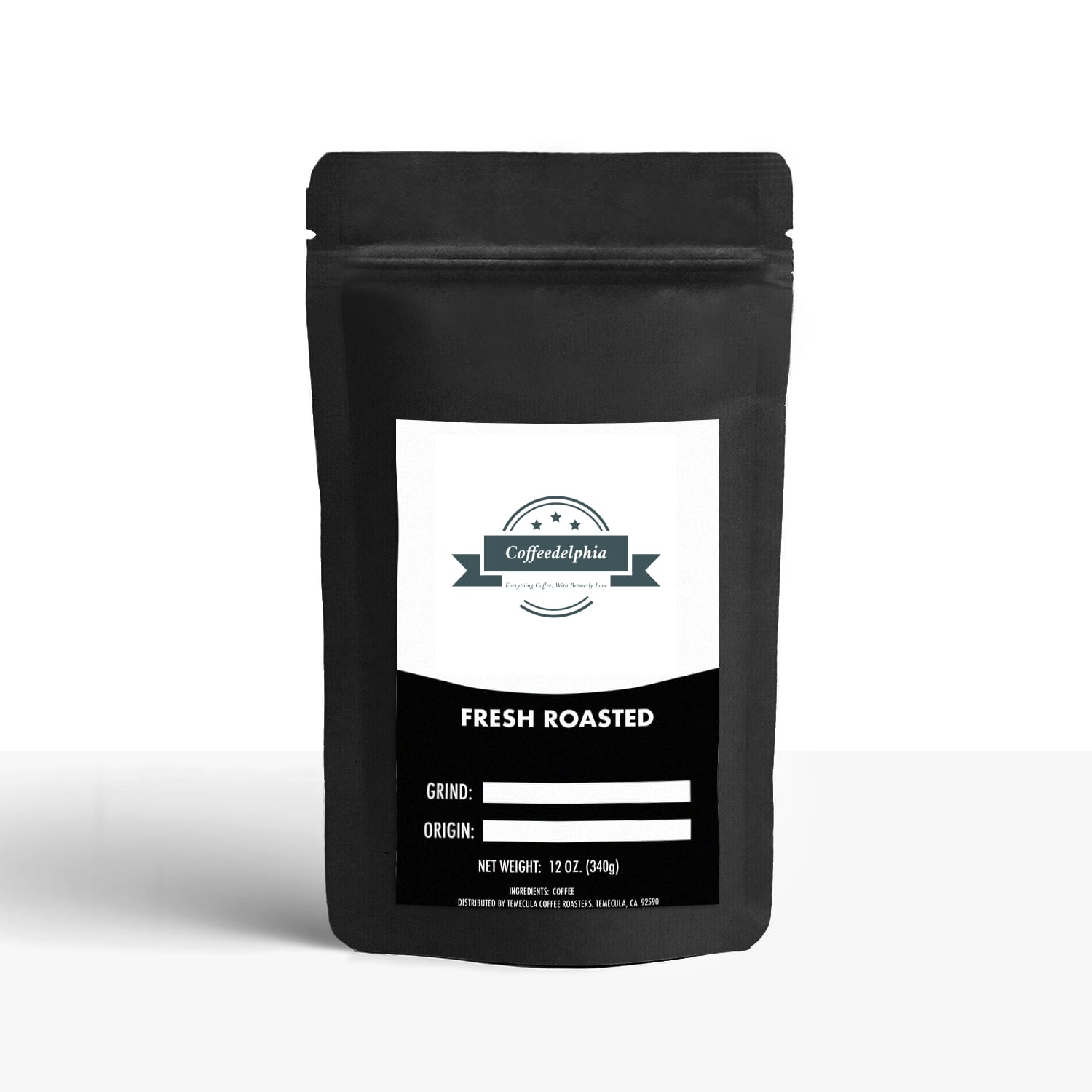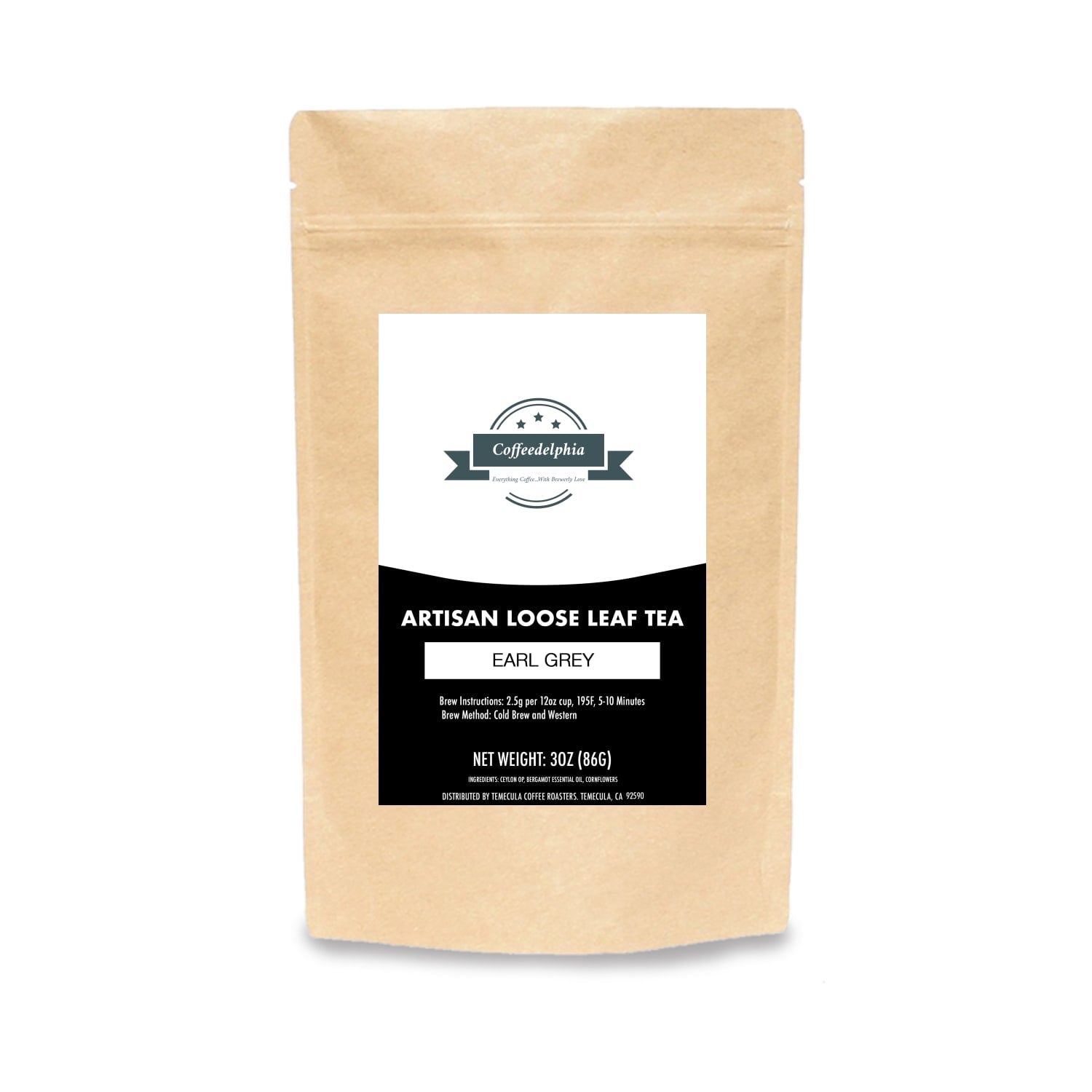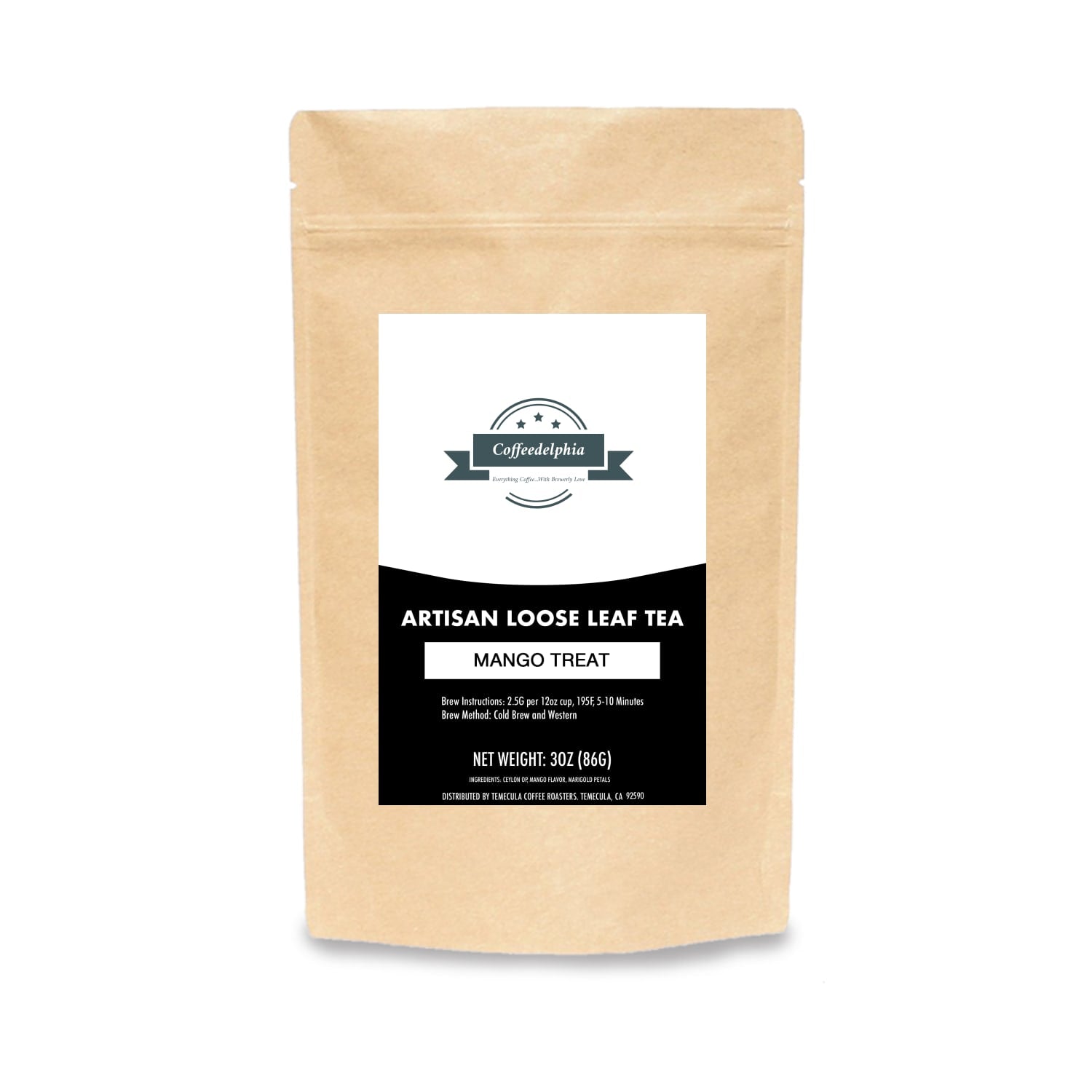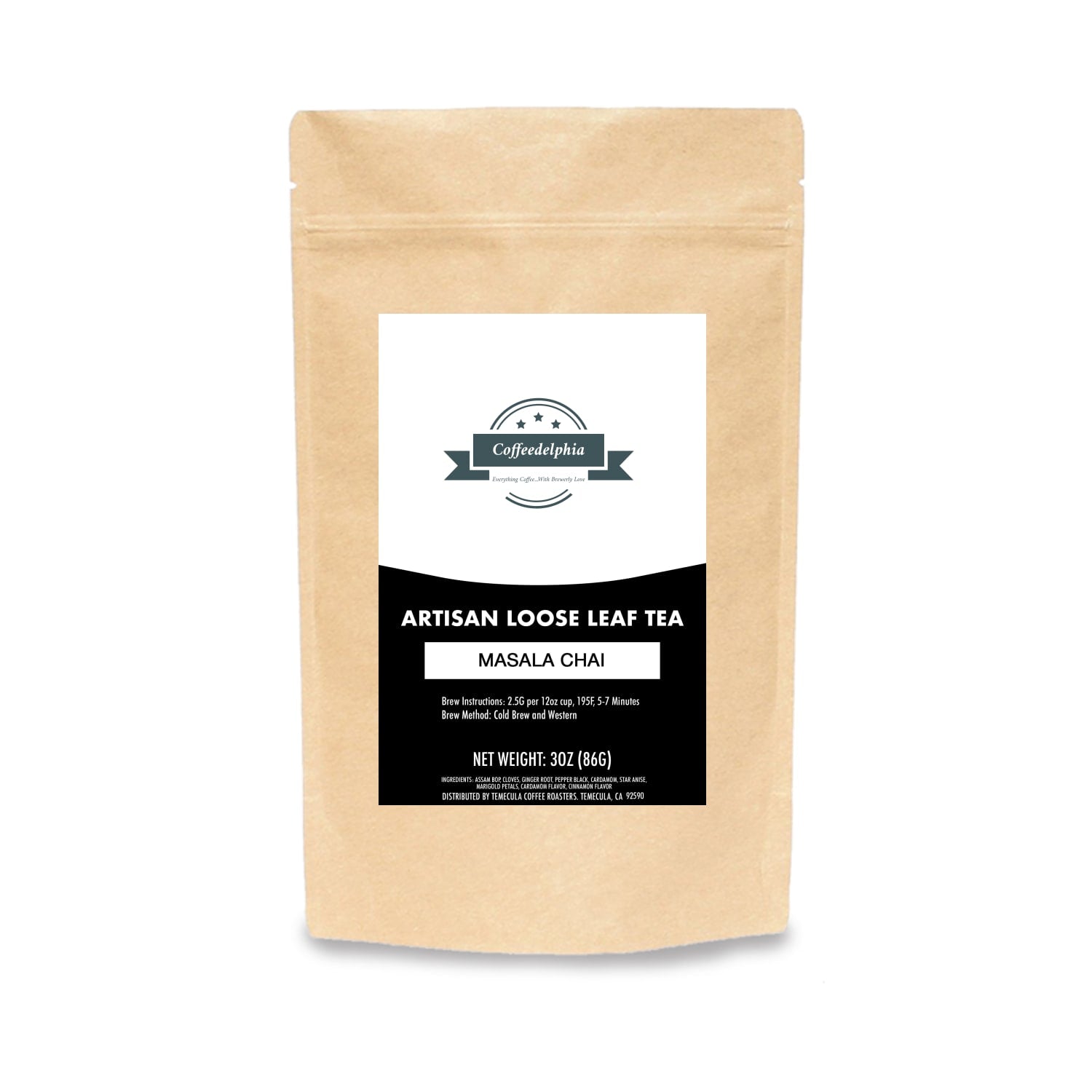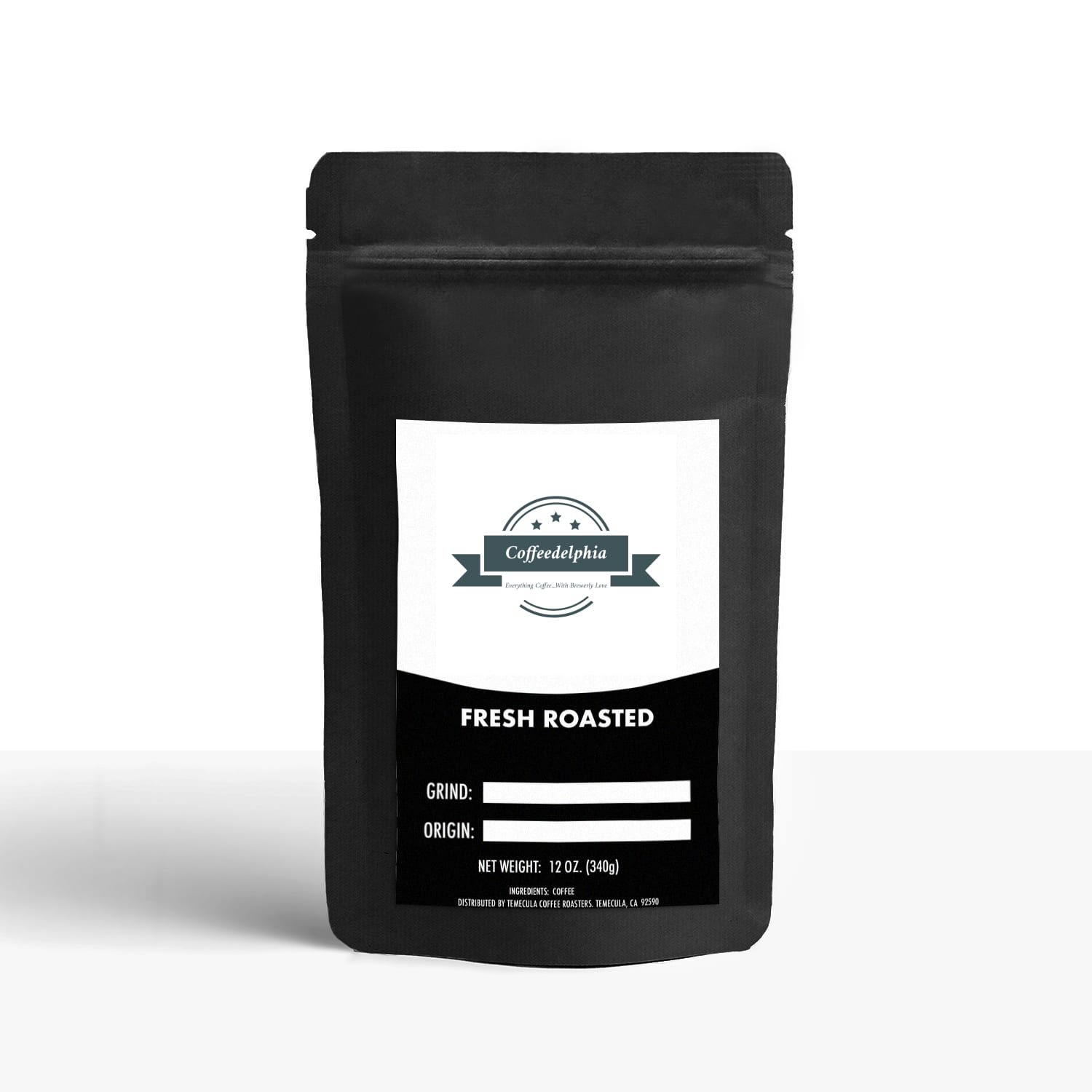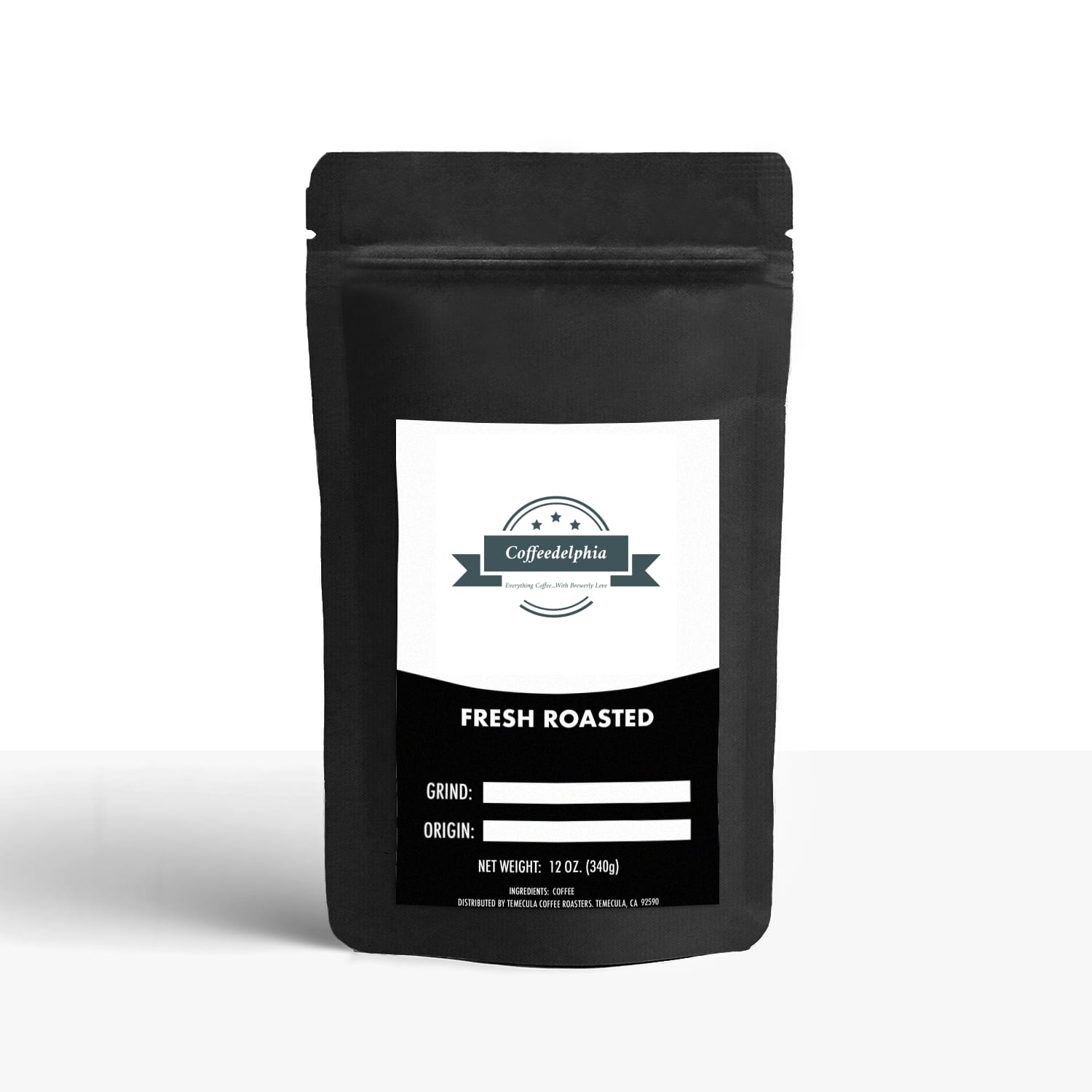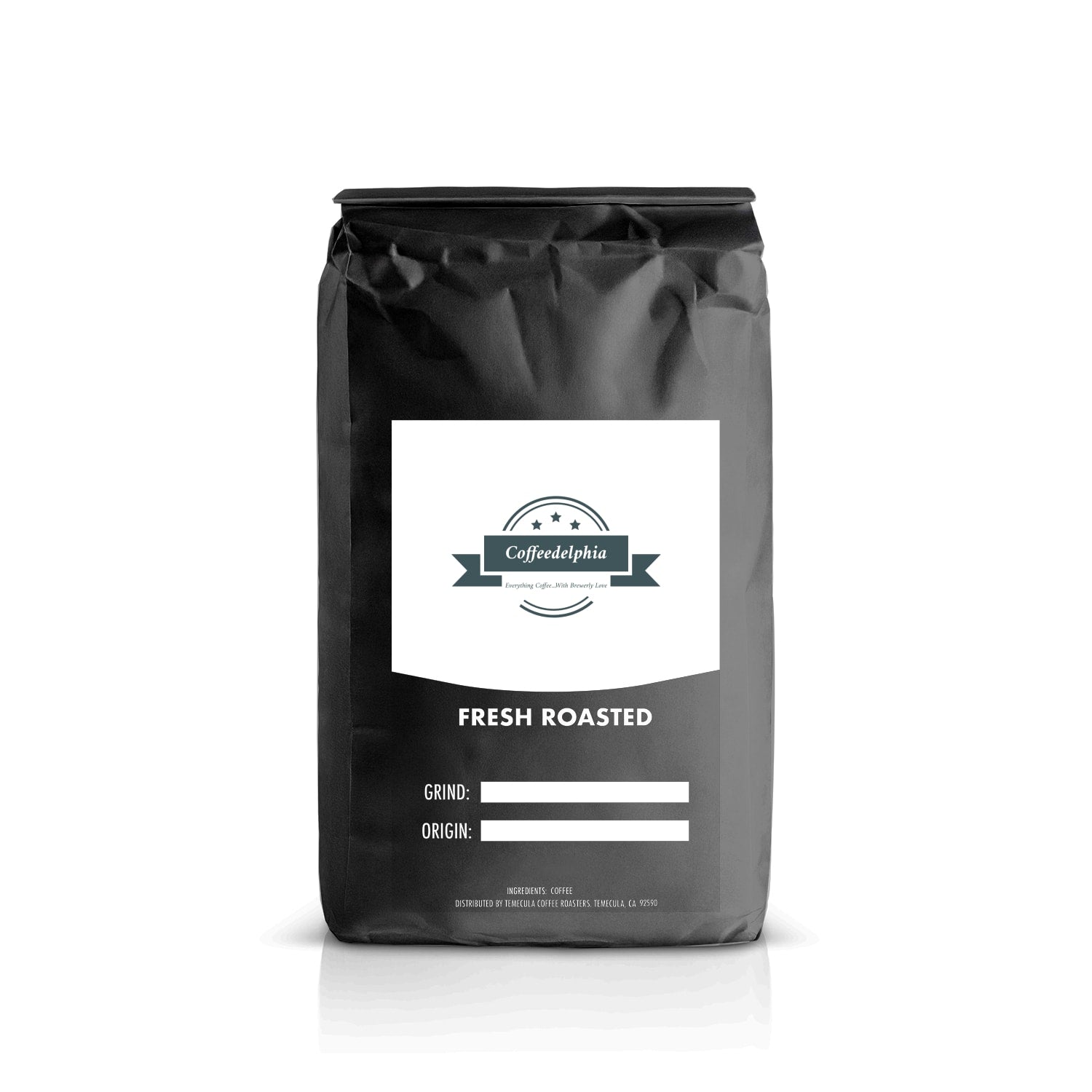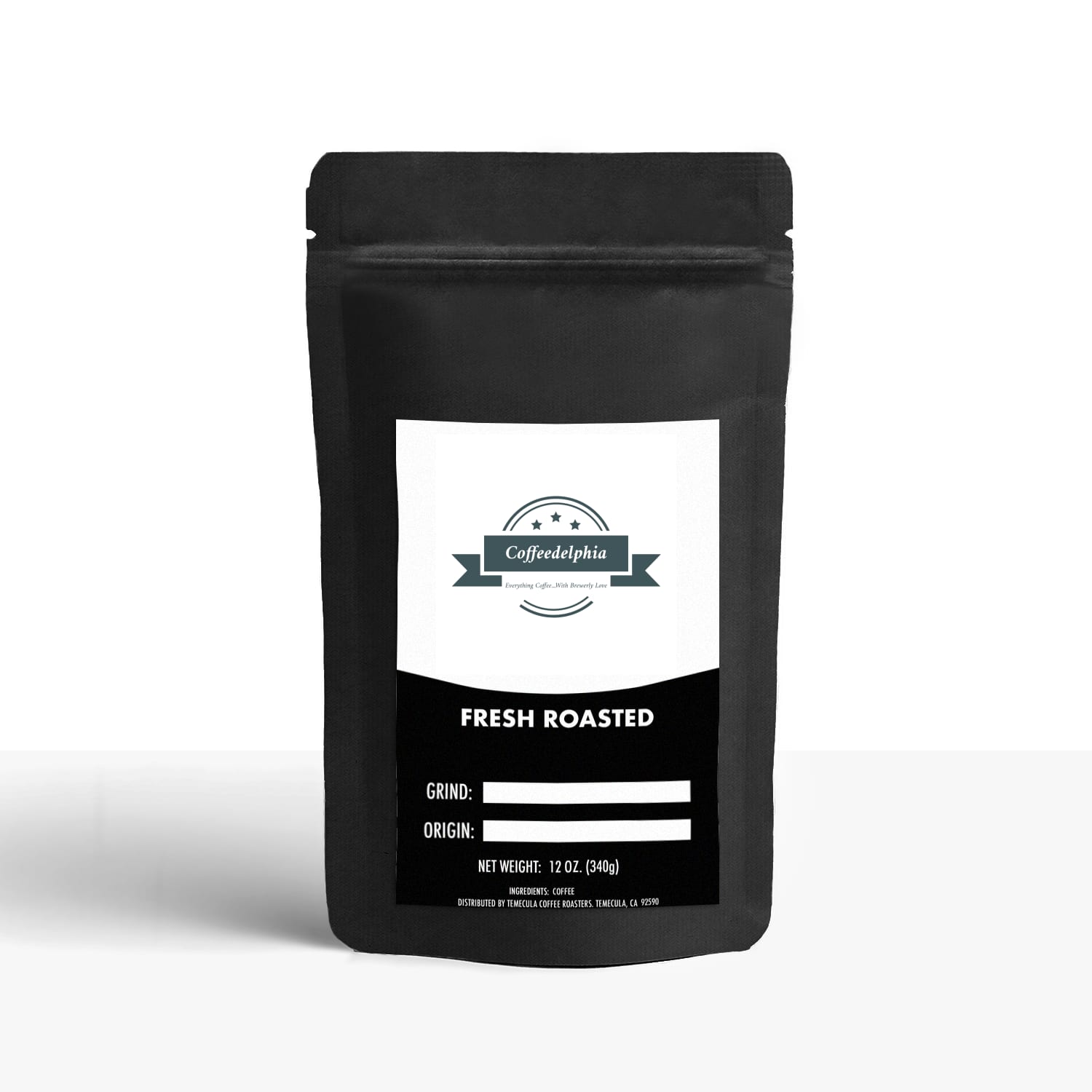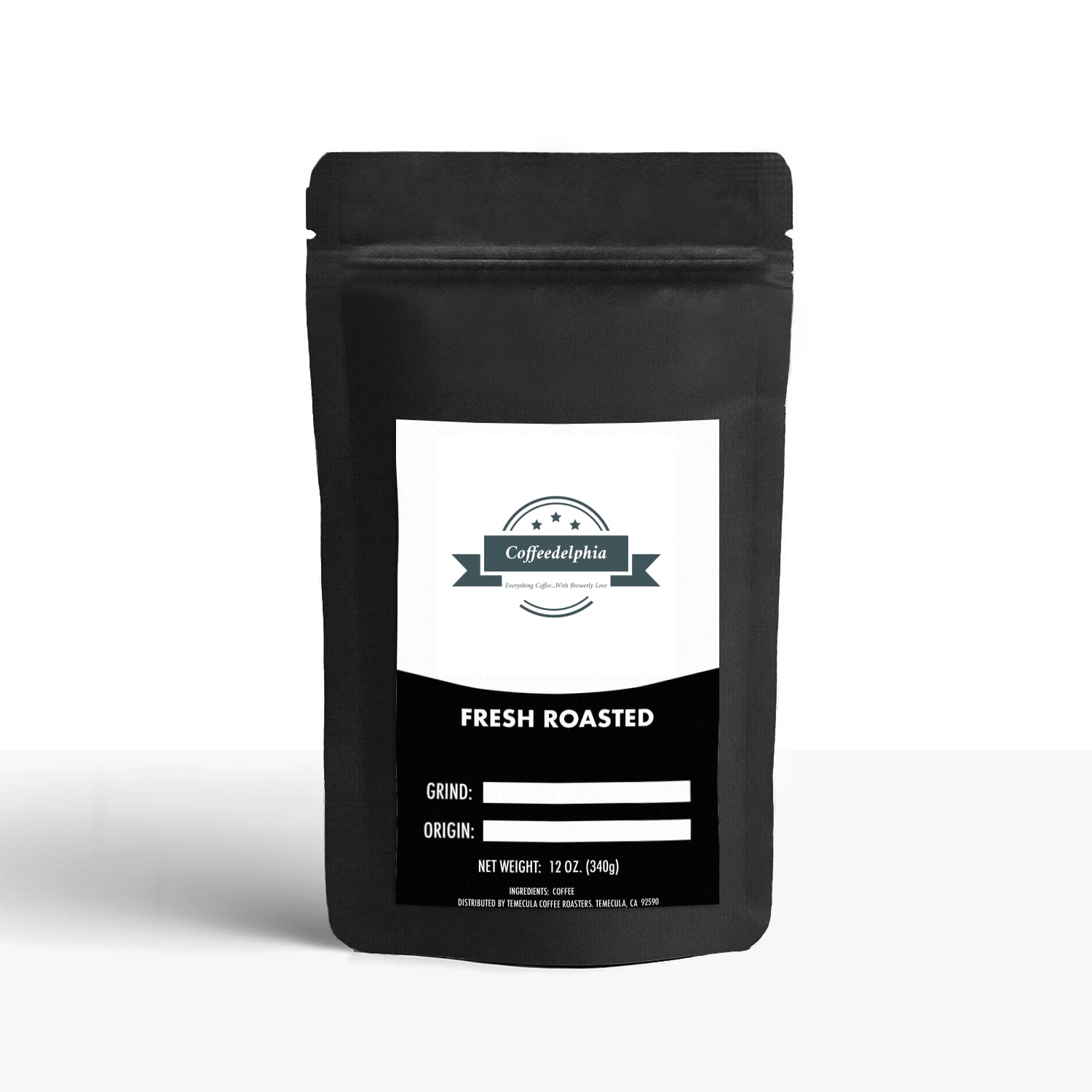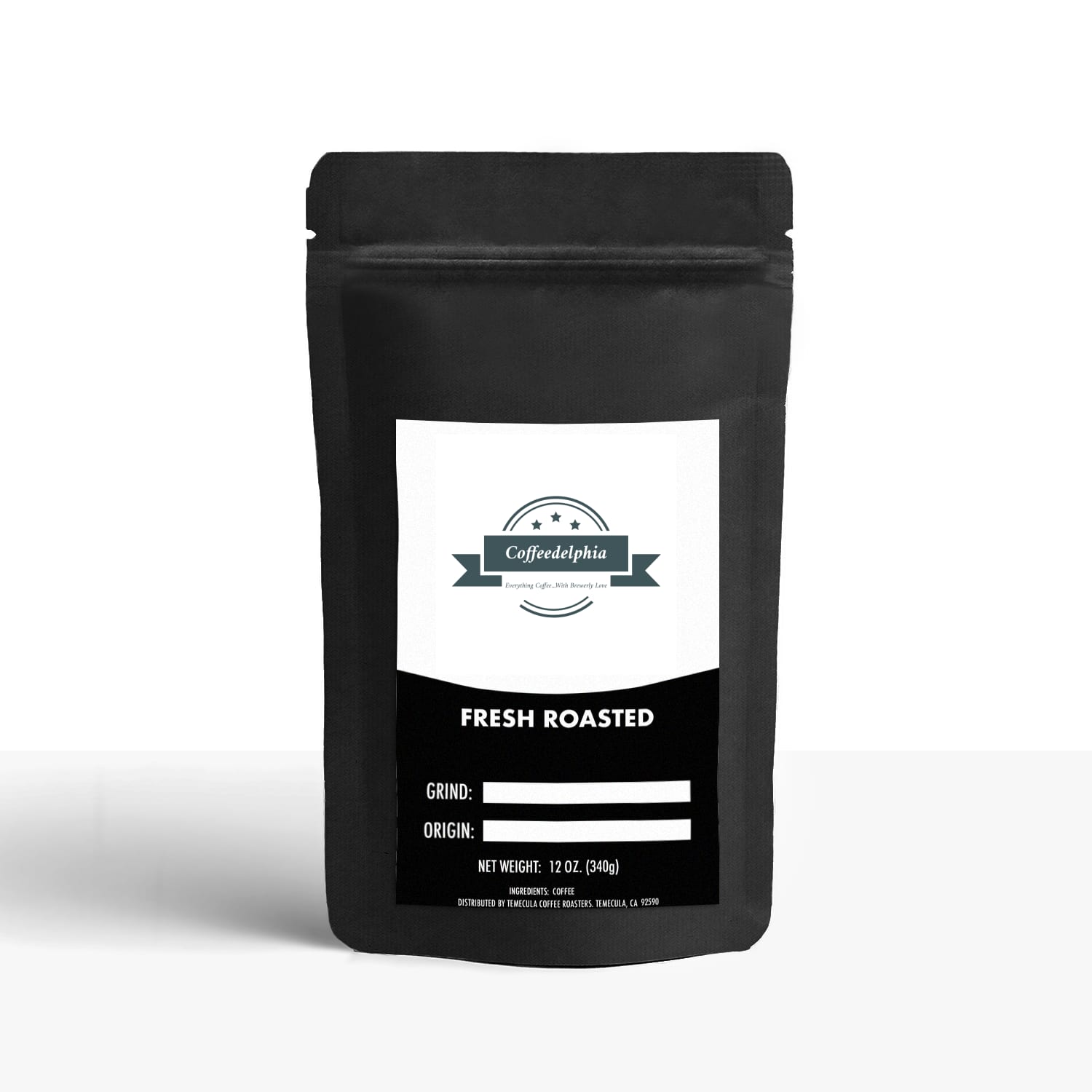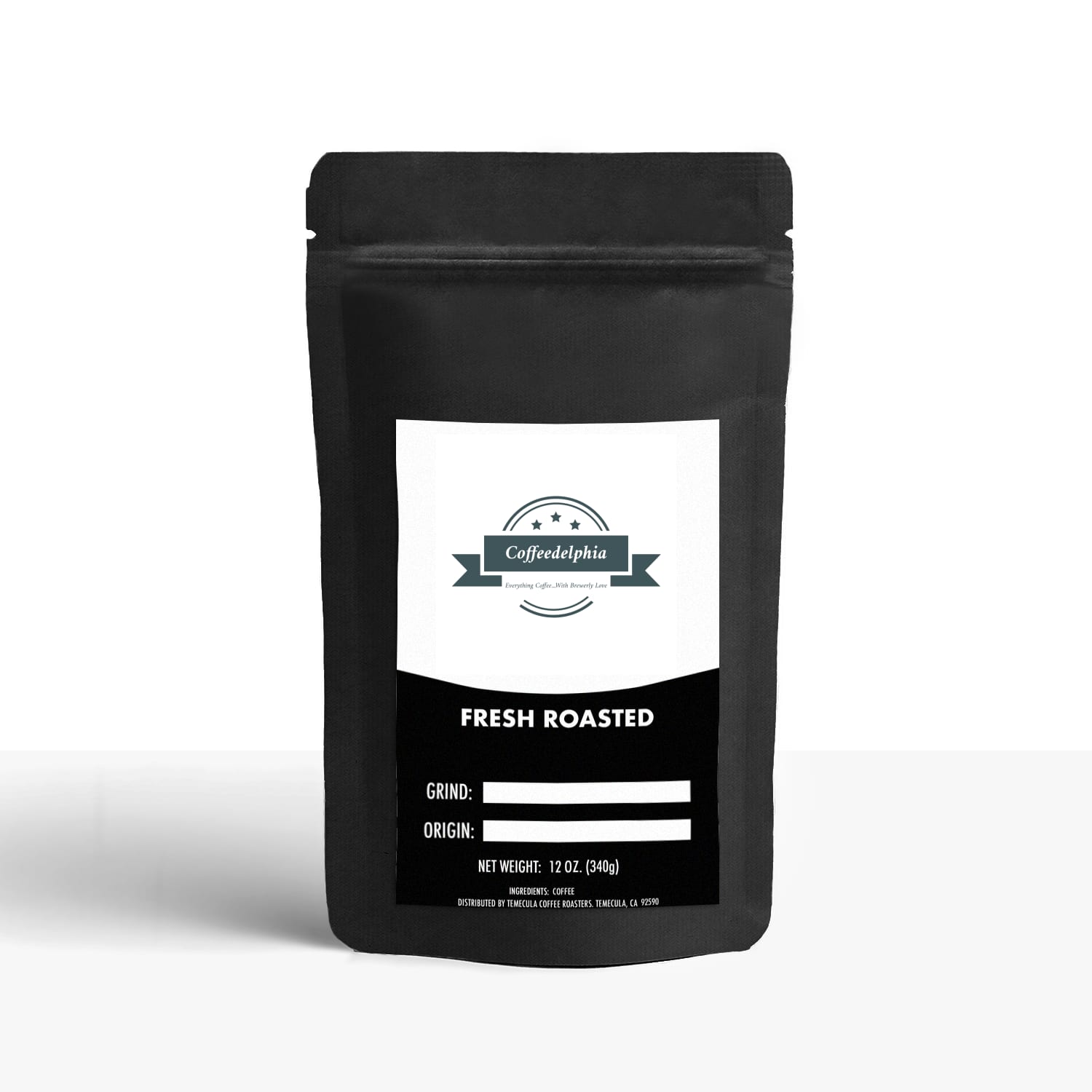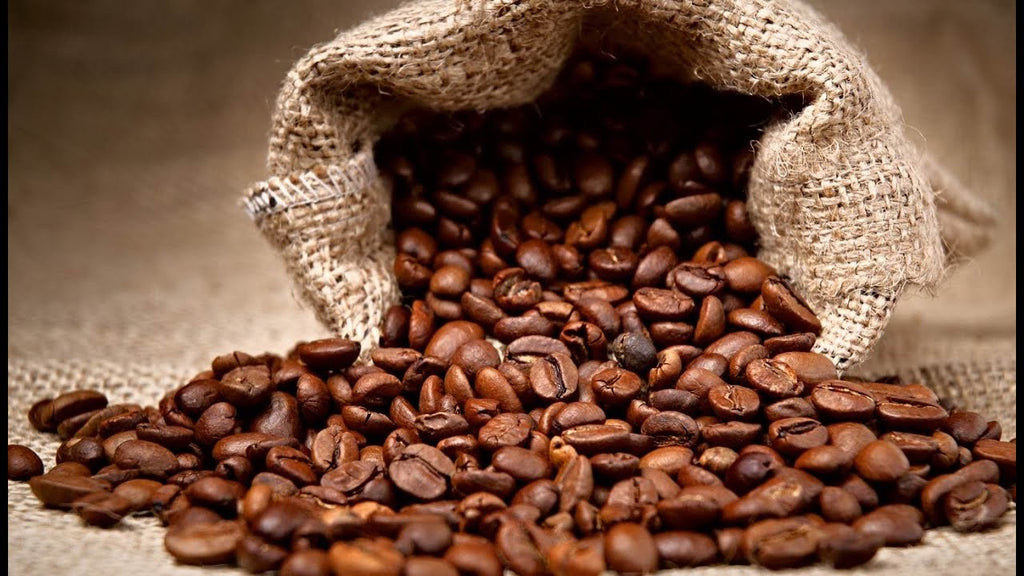
Single Origin Coffee: What It Is, Why It Matters, and Why Coffee Lovers Swear by It

When it comes to specialty coffee, one term that often pops up is "Single Origin Coffee." It’s a phrase proudly stamped on coffee bags in cafes, specialty roasters, and online coffee stores. But what exactly does it mean? Why is single origin coffee such a big deal among coffee aficionados? And is it worth the hype and the price tag?
In this post, we'll break down what single origin coffee is, how it's different from blends, its benefits, and how to brew it for the best flavor experience. Whether you’re a seasoned coffee drinker or just starting to explore craft coffee, this guide will help you understand why single origin coffee is one of the most exciting trends in the coffee world today.
What Is Single Origin Coffee?
Single origin coffee refers to coffee beans that are sourced from one specific location. This could be a single country, region, farm, or even a specific plot of land. Unlike coffee blends, which mix beans from multiple locations to create a consistent flavor, single origin coffee focuses on showcasing the unique characteristics of its place of origin.
Single origin coffee isn’t just about geography it’s about identity. Each batch of beans carries the signature of its birthplace, shaped by the land, the weather, and the hands that harvest it. Unlike blended coffees that aim for uniformity, single origin beans embrace their individuality, offering a cup that tells a story through taste. Whether grown on a misty mountainside in Ethiopia or a high-altitude farm in Colombia, the coffee captures the nuances of its environment subtle hints of citrus, deep notes of cacao, or a whisper of jasmine, depending on where it's from. It’s coffee with a passport, and each origin has a tale to tell.
Beyond flavor, single origin coffee represents a deeper connection between drinker and grower. It invites transparency: you know where your coffee comes from, who grew it, and often, how it was processed. This level of traceability supports smaller producers and promotes sustainable practices, making every sip a more conscious choice. For cafes and roasters, it's an opportunity to highlight craftsmanship and terroir the same way vineyards celebrate a fine vintage. For consumers, it’s a chance to explore the world through their mug, one origin at a time. In a sea of generic blends, single origin stands out as a celebration of purity, place, and purpose.
In short, single origin coffee is all about traceability and flavor purity.
Common Types of Single Origin Coffee Classifications:
-
Single Country: Beans from one country (e.g., Kenya, Mexico, Brazil)
-
Single Region: Beans from a specific region within a country (e.g., Othaya in Kenya ,Chiapas in Mexico ,Paraná in Brazil)
-
Single Farm: Beans harvested from a specific farm or estate
-
Microlot: A very small, exclusive lot from a particular part of a farm, often with distinct flavor notes
Why Origin Matters in Coffee
Coffee, like wine or chocolate, is deeply affected by its terroir a French term that refers to the environment in which it’s grown. The soil type, climate, altitude, and farming practices all influence the flavor of the coffee beans.
For example:
-
Ethiopian single origin coffees are often floral, fruity, and tea-like.
-
Colombian beans are known for their balanced acidity and nutty, caramel notes.
-
Sumatran coffee is earthy and full-bodied, with herbal undertones.
These unique flavor profiles are what make single origin coffees so appealing to coffee lovers. Each cup is a chance to taste the story of its origin.
Single Origin Coffee vs Coffee Blends
Here’s a quick comparison to help you understand the key differences:
| Feature | Single Origin Coffee | Coffee Blends |
|---|---|---|
| Source | One location (farm, region, country) | Multiple locations |
| Flavor Profile | Unique and distinct | Balanced and consistent |
| Traceability | High | Often unclear |
| Price | Usually higher | Generally more affordable |
| Purpose | Highlight terroir and quality | Ensure consistency across batches |
While blends are great for daily brewing and espresso shots, single origin coffees are perfect for slow brewing methods like pour-over or French press, where their nuanced flavors can shine.
Sustainability and Ethics of Single Origin Coffee
One of the biggest advantages of single origin coffee is its transparency and ethical sourcing. Because the coffee comes from a specific location, it’s easier to trace the supply chain and ensure fair trade practices.
Many specialty coffee roasters that sell single origin coffee work directly with farmers, paying premium prices for high-quality beans. This direct trade model often results in:
-
Better wages for farmers
-
Improved community development
-
Higher quality coffee for consumers
Choosing single origin coffee can be a more ethical and sustainable choice, especially when certified as Fair Trade, Rainforest Alliance, or Direct Trade.
Benefits of Single Origin Coffee
Single origin coffee offers a level of purity and consistency that blended coffees often lack. Since the beans are sourced from one defined location whether it’s a single farm, region, or cooperative they maintain a distinct and traceable profile. This makes it easier to control quality and ensure the coffee reflects the characteristics of its origin. The result is a clearer, more focused flavor that showcases the natural qualities of the bean without interference from other sources. For consumers who care about where their coffee comes from, single origin offers an honest and unaltered experience.
Another key benefit is the transparency it brings to the supply chain. With single origin coffee, buyers and roasters can often trace the beans directly back to the producers, opening the door to fairer trade relationships and more sustainable sourcing practices. This traceability supports small-scale farmers and encourages environmentally responsible cultivation. It also allows brands to highlight the people and stories behind each cup, creating stronger connections between growers and consumers. In this way, single origin coffee doesn’t just elevate the drinking experience it contributes to a more ethical and informed coffee culture.
How to Read a Single Origin Coffee Label
When you pick up a bag of single origin coffee, you’ll notice detailed information that helps you understand what you're buying. Here’s what to look for:
-
Country & Region: Where the beans are grown (e.g., Rwanda, Huye District)
-
Farm Name or Cooperative: The specific farm or group of farmers
-
Altitude: Higher altitudes often produce more complex flavors
-
Varietal: The species or subspecies of coffee (e.g., Bourbon, Typica, SL28)
-
Processing Method: Washed, natural, or honey-processed all of which affect taste
-
Tasting Notes: Flavor descriptors like “berry,” “chocolate,” or “floral”
This level of detail is part of what makes single origin coffee a premium product and a great way to expand your palate.
How to Brew Single Origin Coffee for Maximum Flavor
To truly appreciate single origin coffee, the brewing method matters. You want to highlight the unique characteristics without overpowering them. Here are some tips:
1. Use a Pour Over Method
The pour-over (e.g., Hario V60, Chemex) is ideal for showcasing subtle notes in single origin beans. It offers control over brewing variables like temperature, flow rate, and bloom time.
2. Use Filtered Water
Coffee is 98% water, so using clean, filtered water will let the natural flavors come through.
3. Grind Fresh
Use a burr grinder to grind your beans just before brewing. Aim for a medium to medium-fine grind depending on your method.
4. Mind Your Ratios
A general guideline is 1:16 coffee-to-water ratio. That means 15g of coffee for every 240ml (8 oz) of water.
5. Experiment
Each single origin coffee is different. Don’t be afraid to adjust grind size, brew time, and water temperature to dial in the perfect cup.
Where to Buy Single Origin Coffee
If you want to try excellent single origin coffees, here are a reliable source:
-
Coffeedelphia They offer a curated collection of single origin coffees. You can browse their selection on their Single Origin Coffee page
Why Coffee Lovers Are Obsessed with Single Origin Beans
So, what’s the big deal? Here’s why single origin coffee has such a devoted following:
-
Transparency: Know exactly where your coffee comes from
-
Flavor Adventure: Experience unique profiles from around the world
-
Freshness: Often roasted in small batches for better quality
-
Ethical Sourcing: Support fair wages and sustainable farming
-
Education: Learn more about coffee farming, processing, and tasting
Drinking single origin coffee is like going on a global flavor tour without leaving your kitchen.
Final Thoughts: Is Single Origin Coffee Worth It?
Absolutely if you’re looking for more than just a caffeine fix.
Single origin coffee is a window into the diversity and richness of the coffee world. From the bright citrus notes of a Kenyan AA to the smooth cocoa of a Guatemalan Antigua, each cup tells a story. It’s a chance to appreciate coffee as a crafted, artisanal product rather than just a morning necessity.
If you haven’t explored single origin coffee yet, now’s the perfect time to start. Find a local roaster, pick up a bag, and try it using your favorite manual brew method. Your taste buds will thank you.
Key Takeaways
-
Single origin coffee comes from one specific location, offering distinct flavor profiles.
-
It differs from blends by focusing on traceability, purity, and terroir.
-
Great for ethical consumers and flavor explorers alike.
-
Best brewed with pour-over or manual methods to highlight its nuanced notes.
-
Offers a deeper appreciation for coffee as a craft, not just a commodity.
Ready to Brew Something Special?
Explore the world of single origin coffee and discover your new favorite cup. Don’t settle for ordinary experience the extraordinary flavors of coffee from around the globe.
